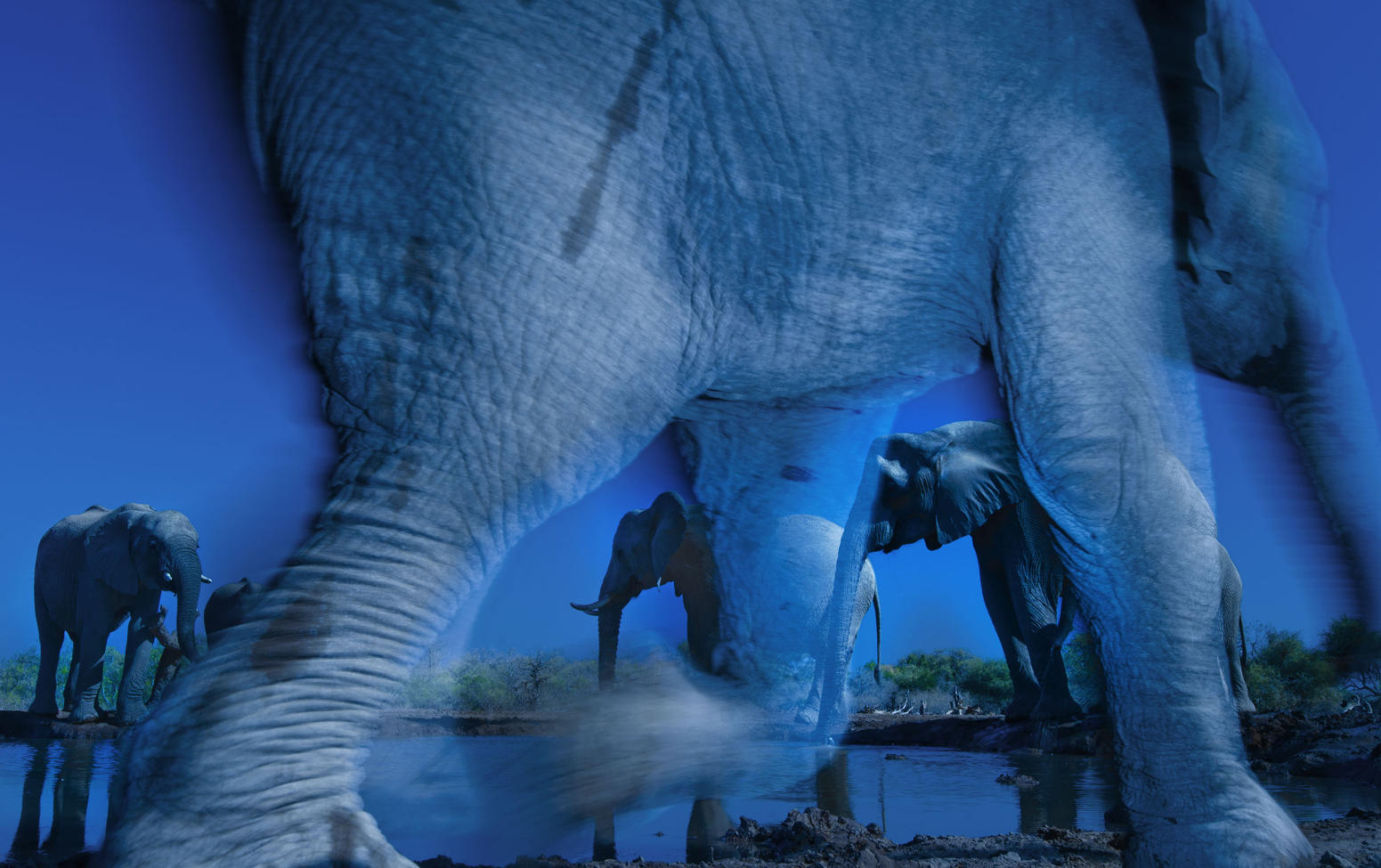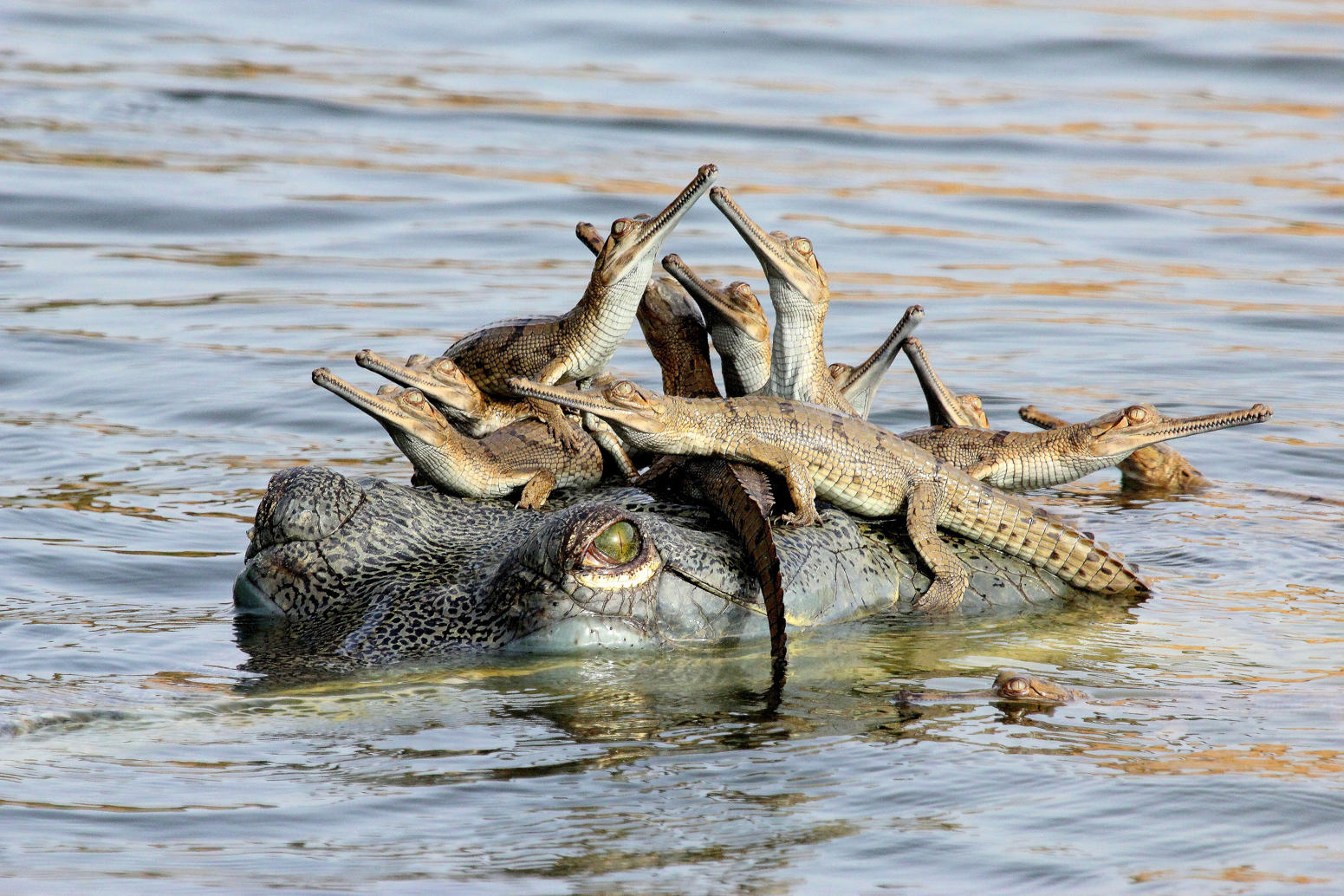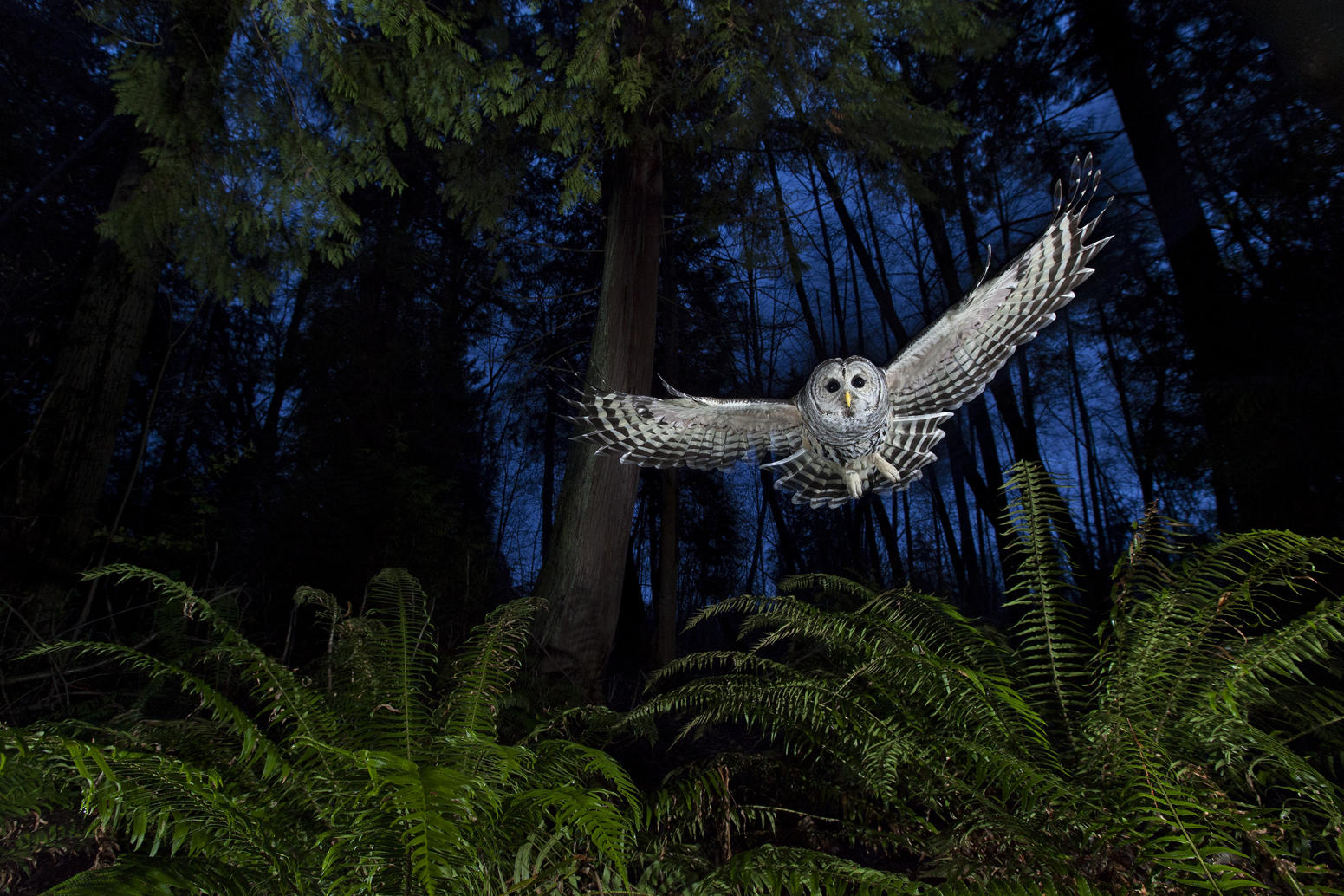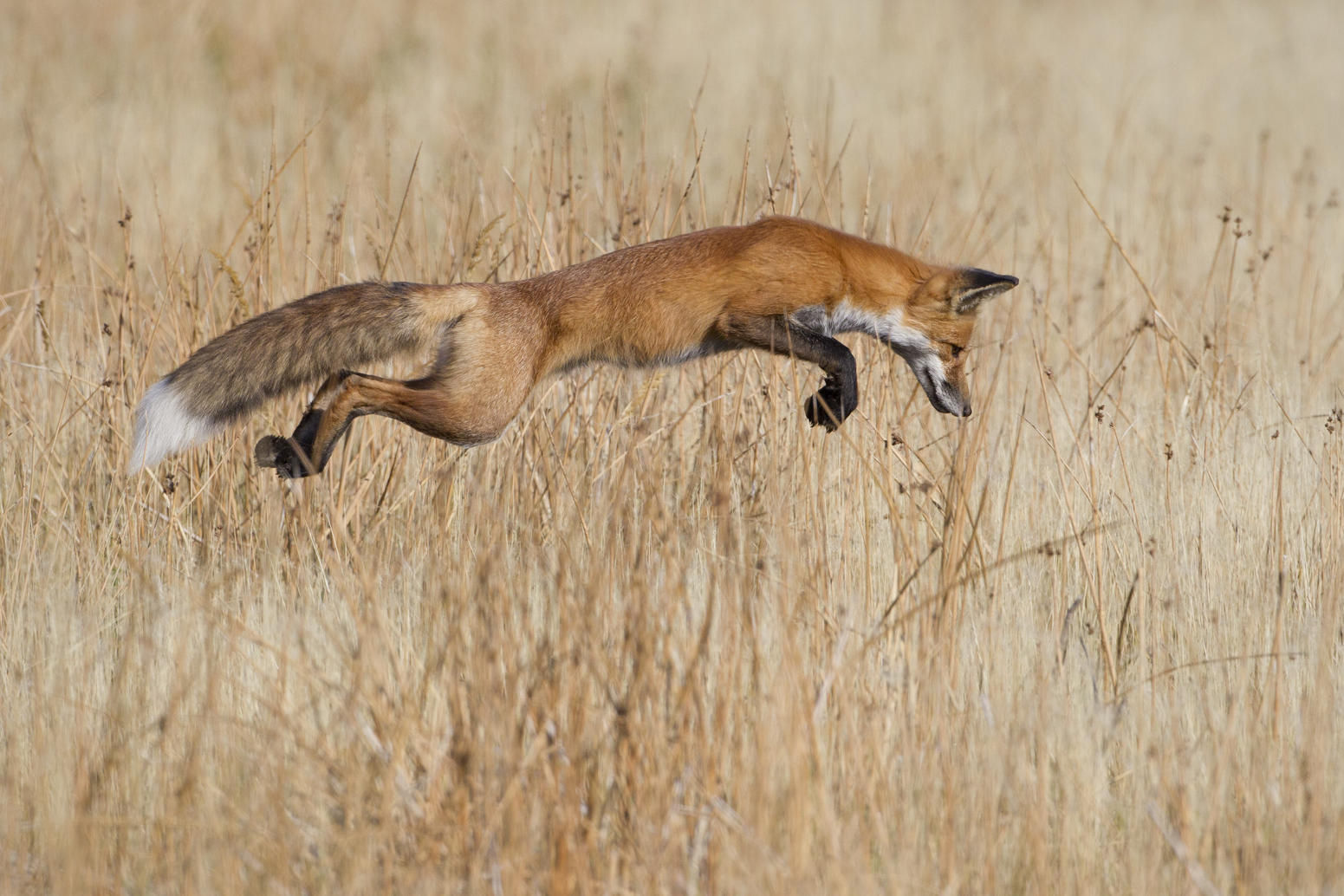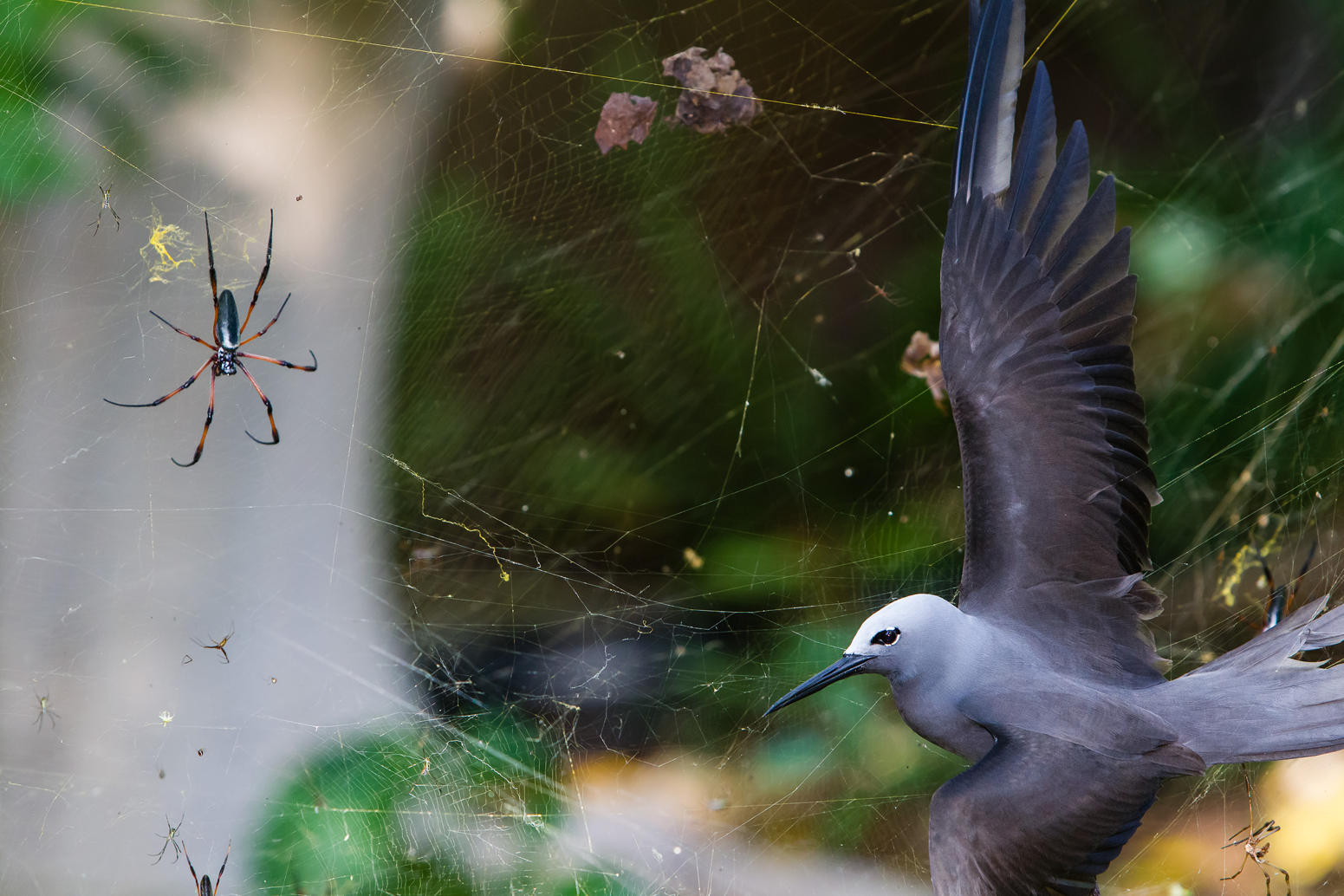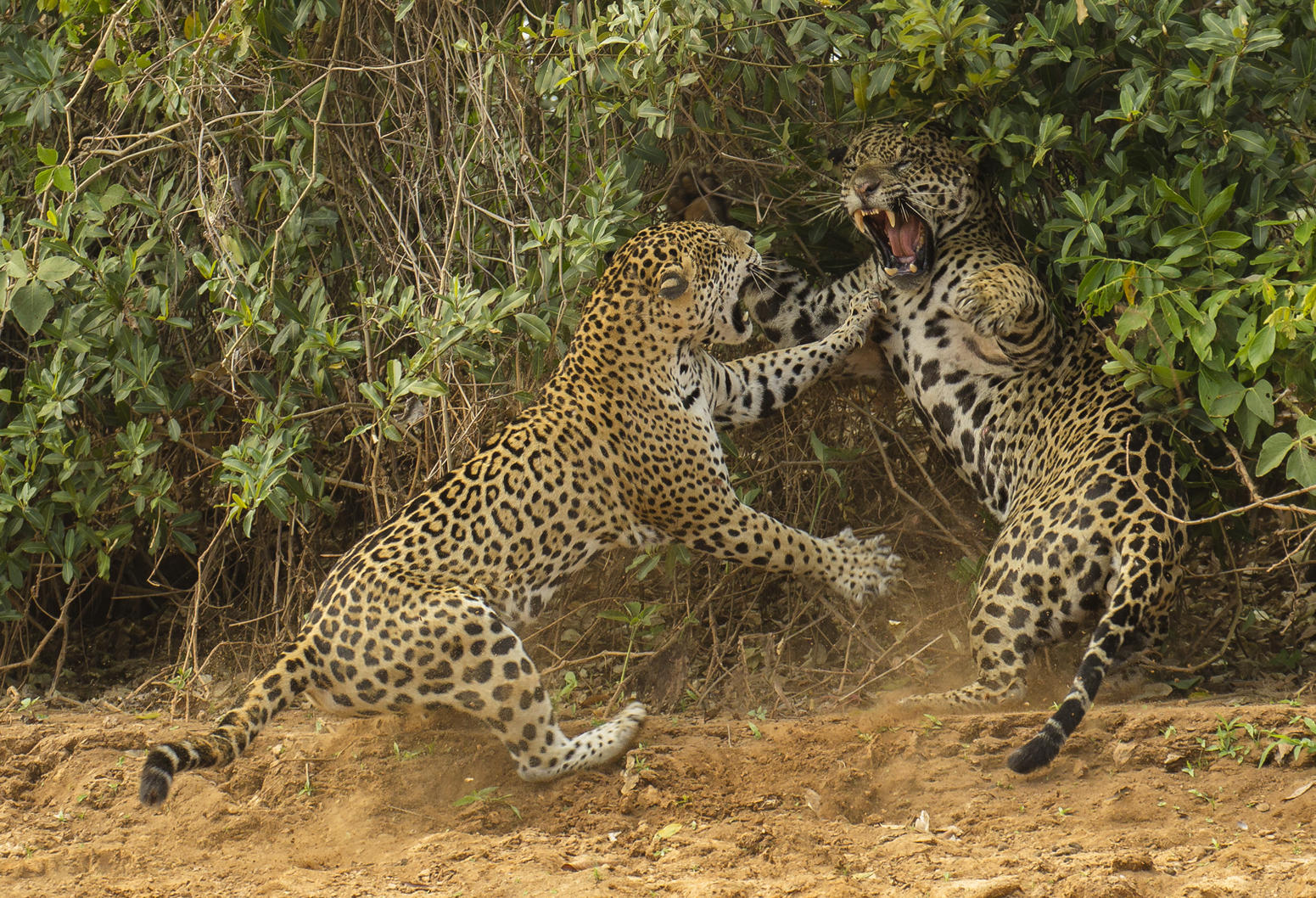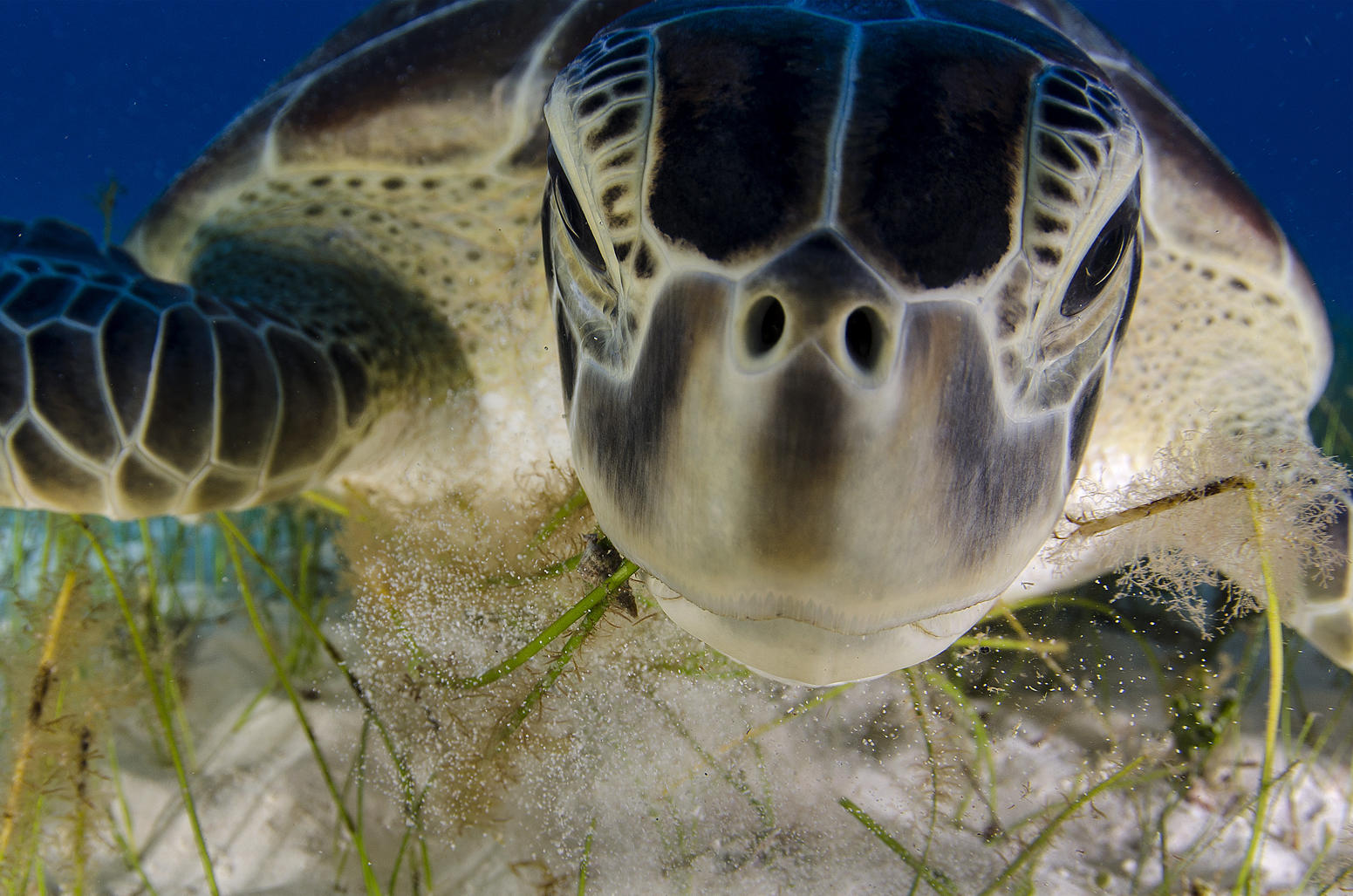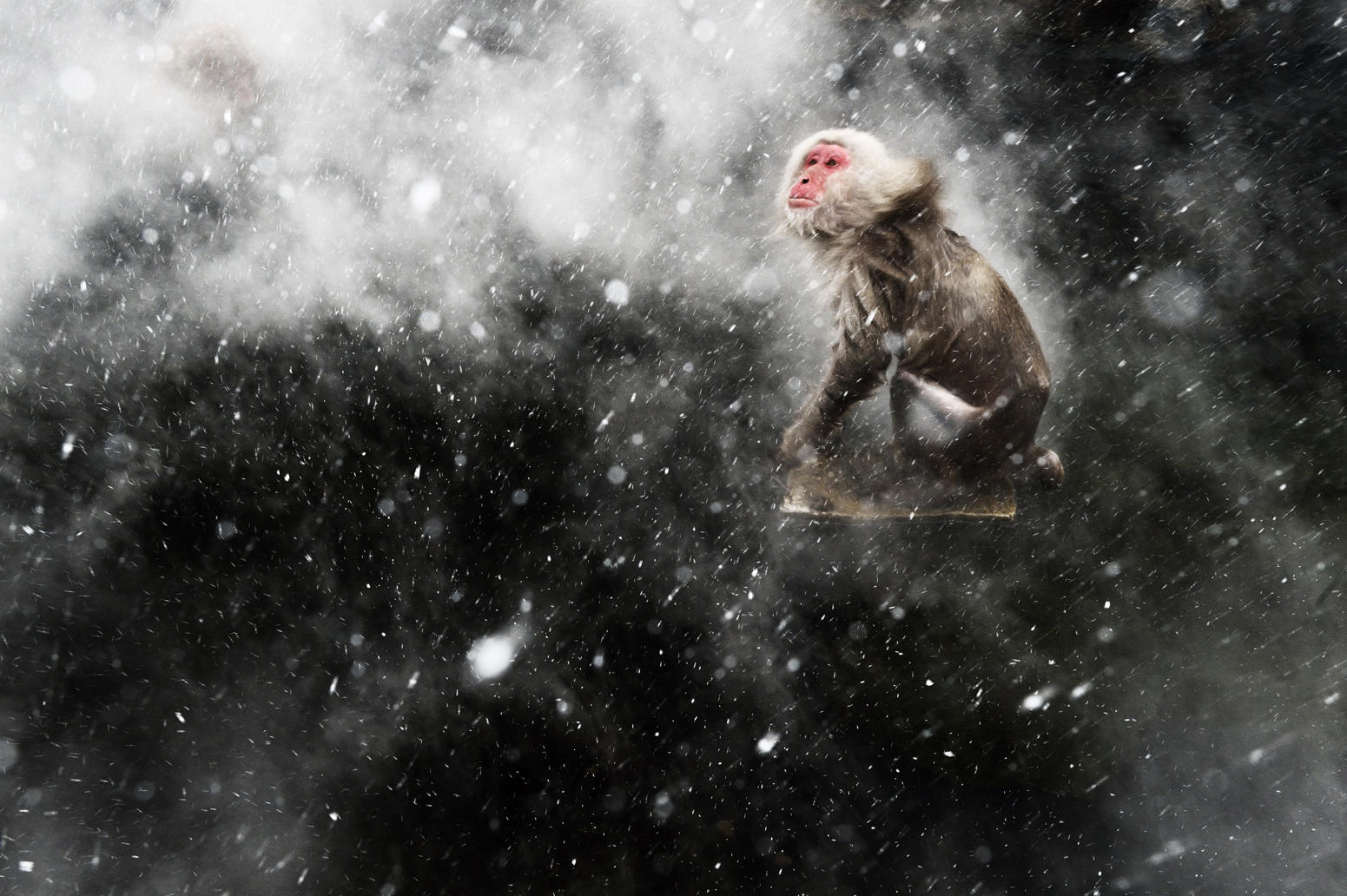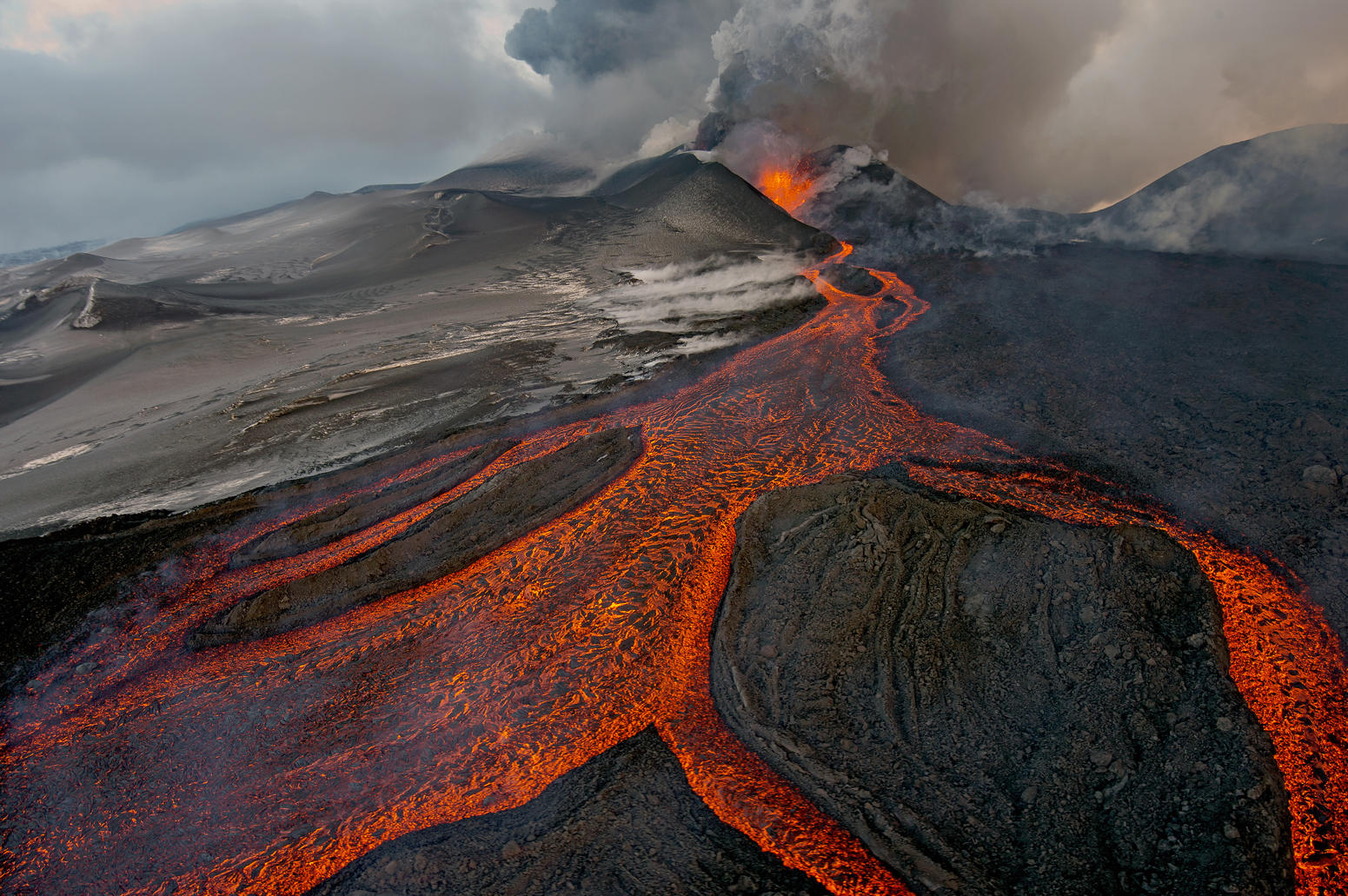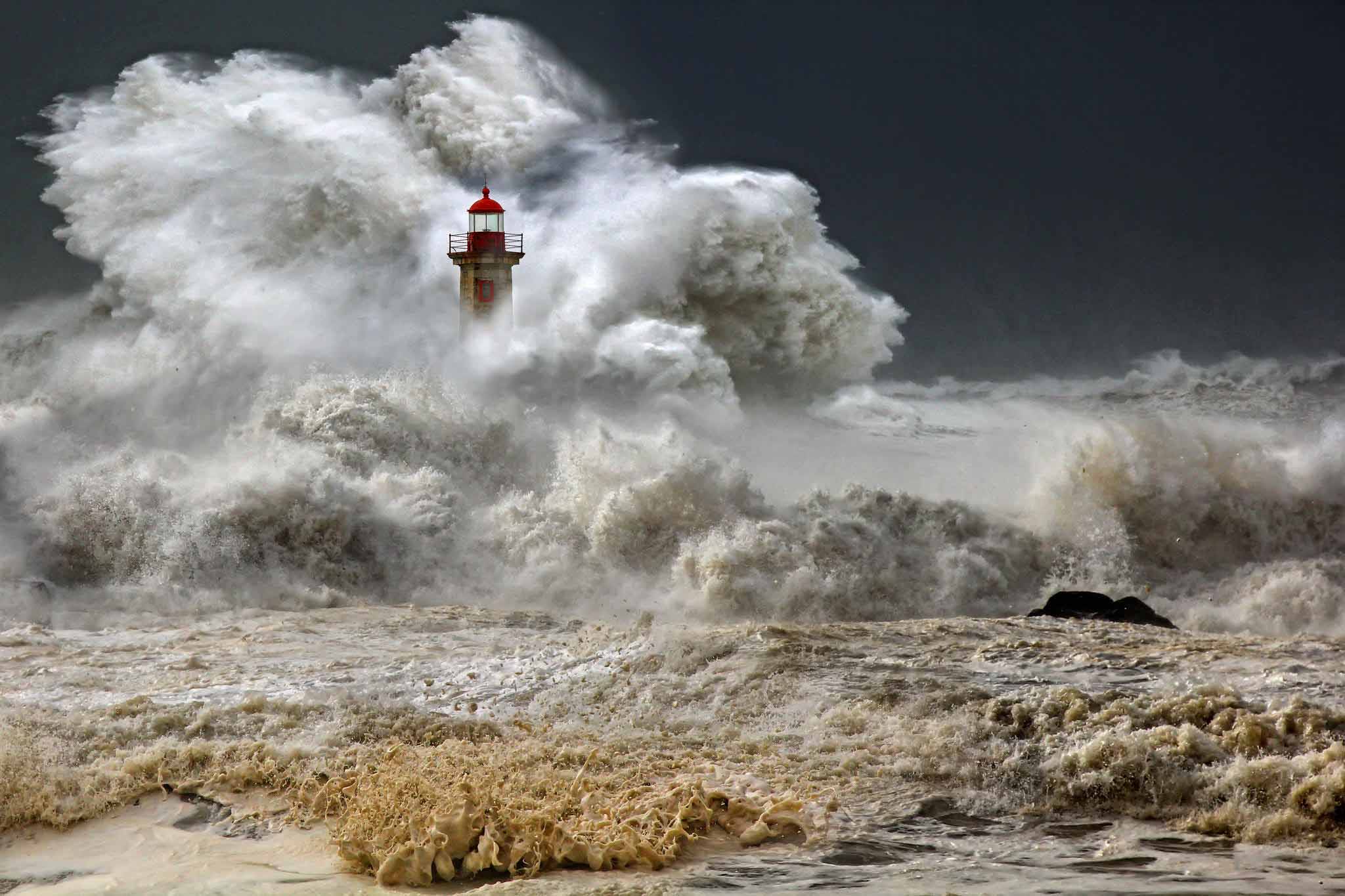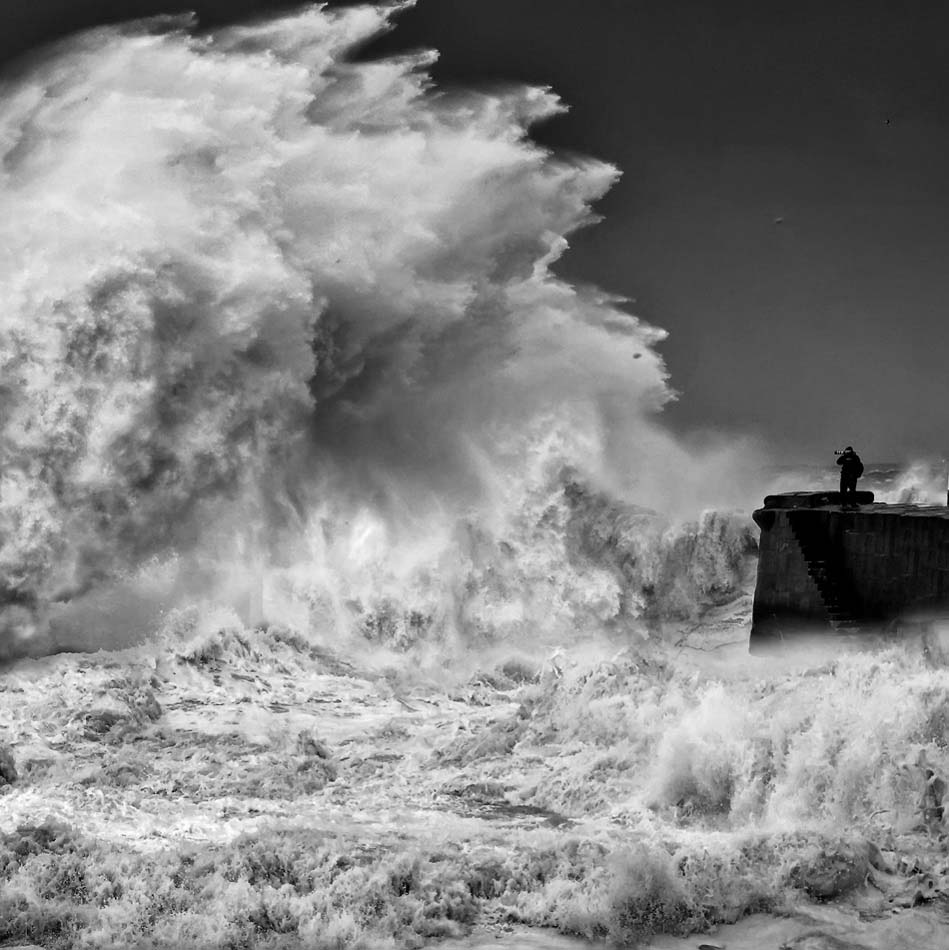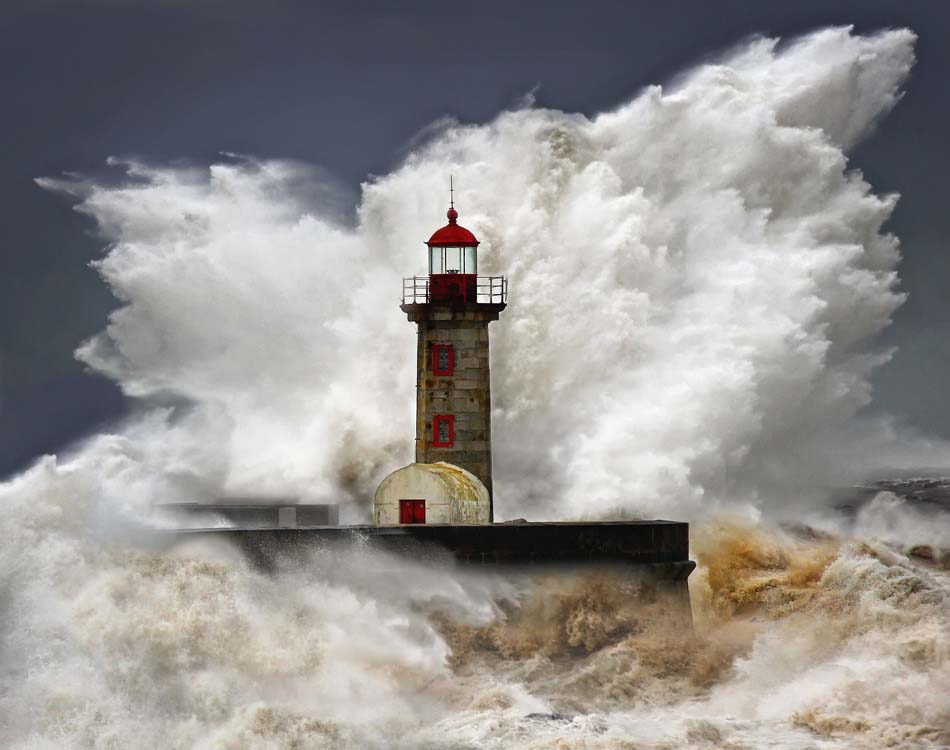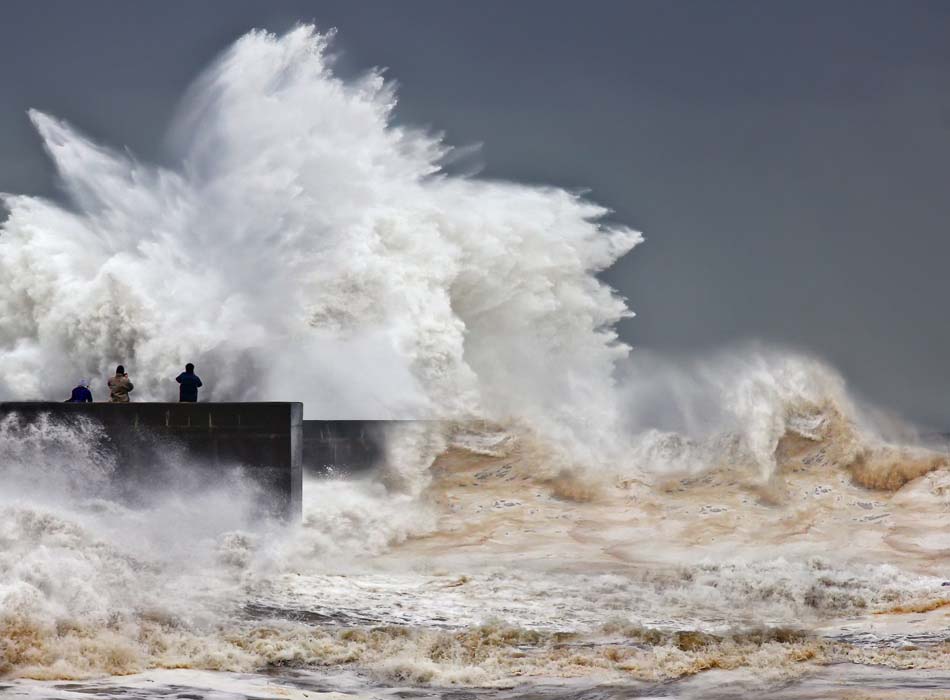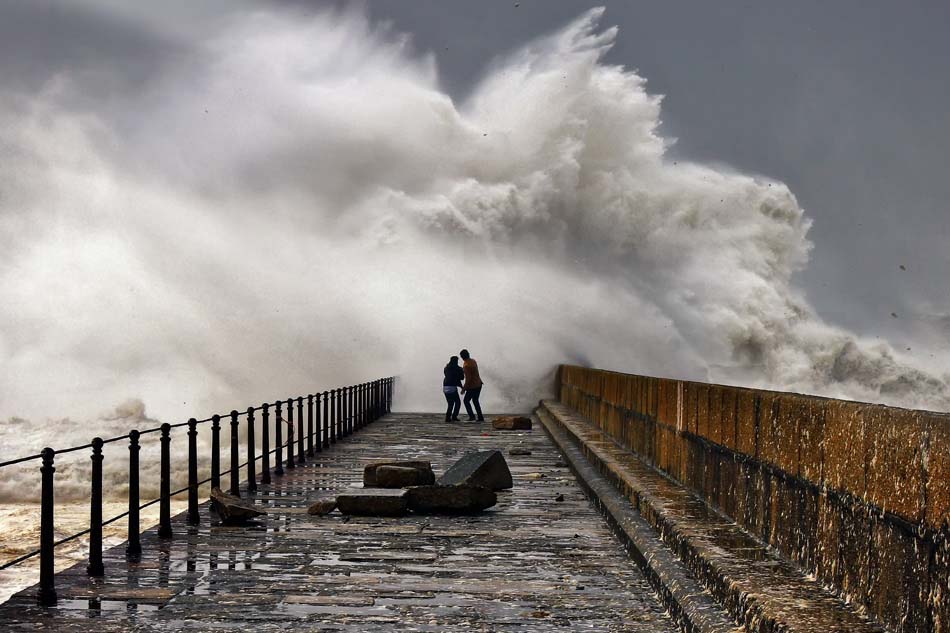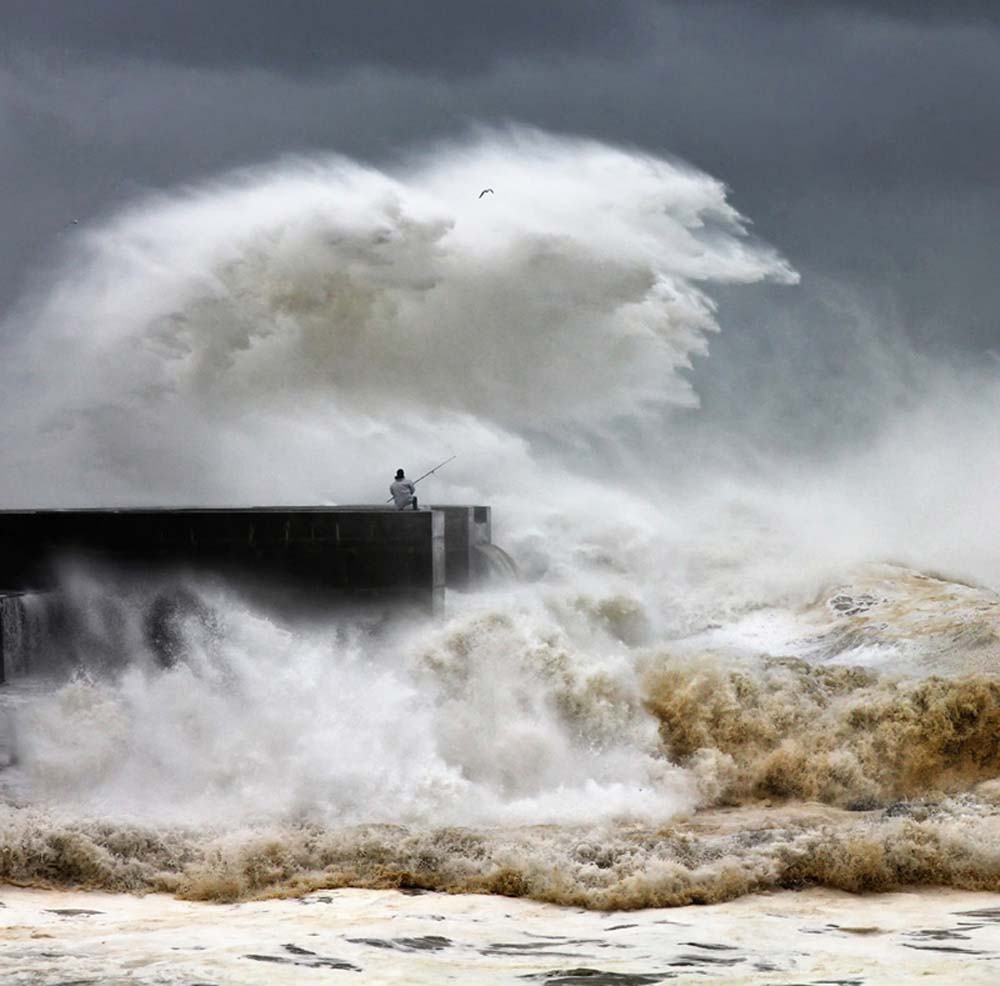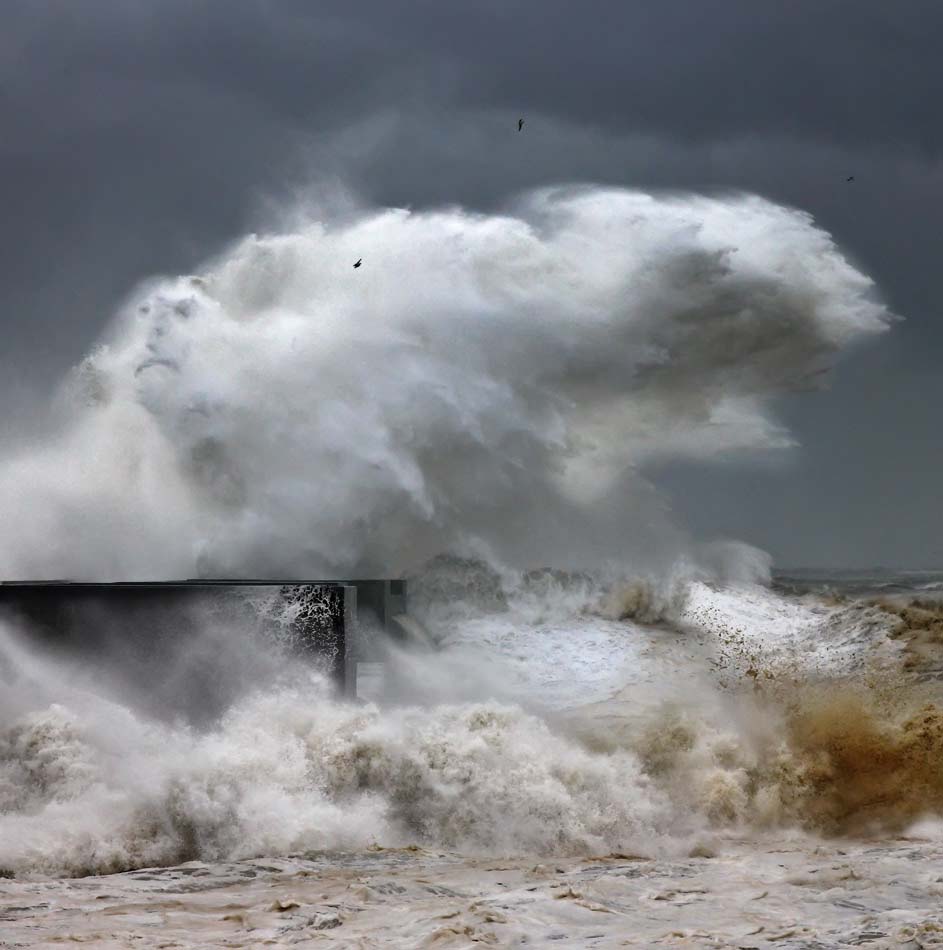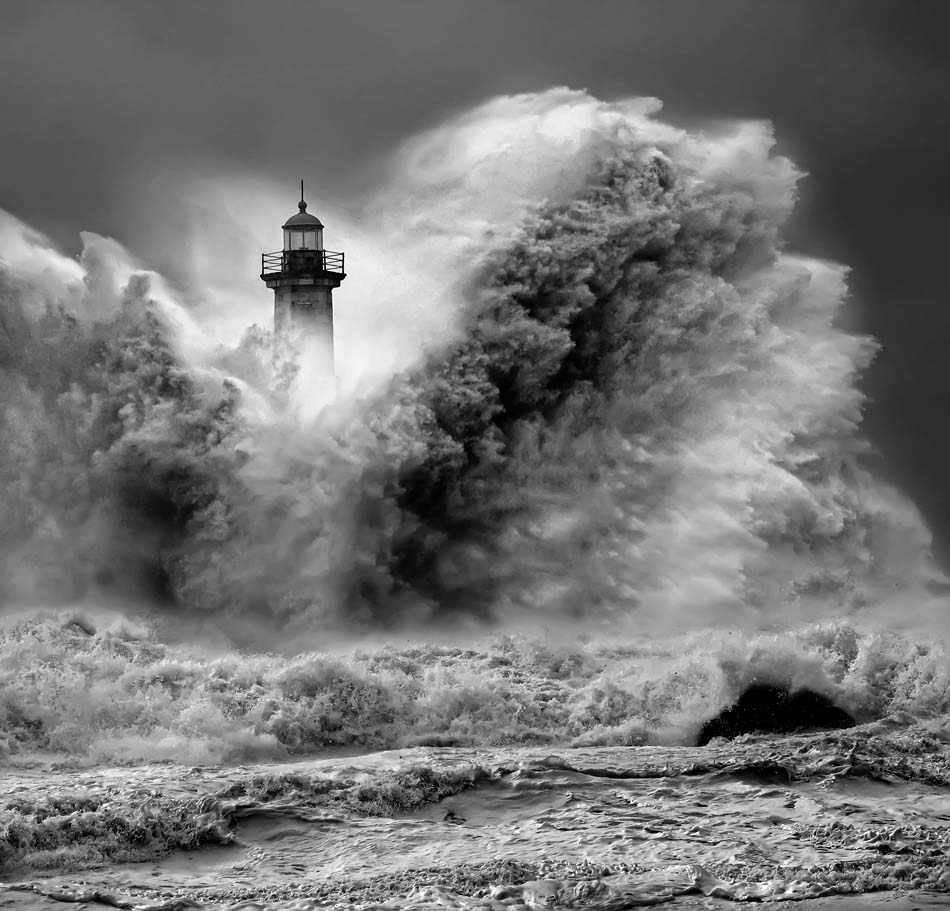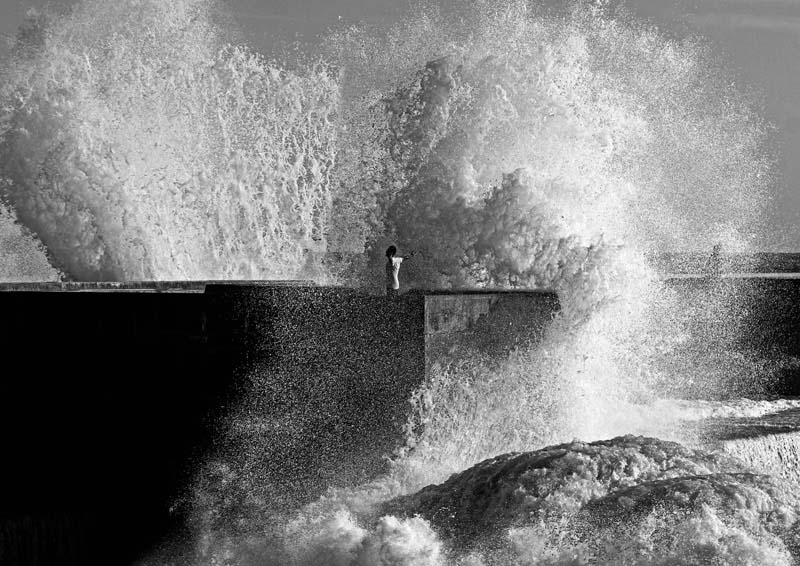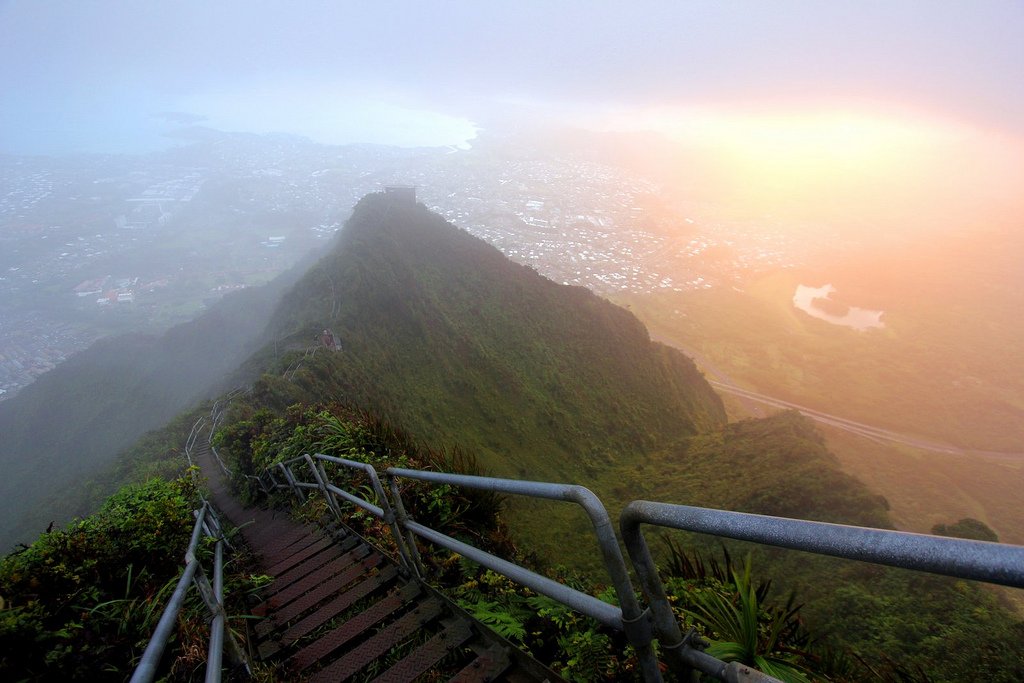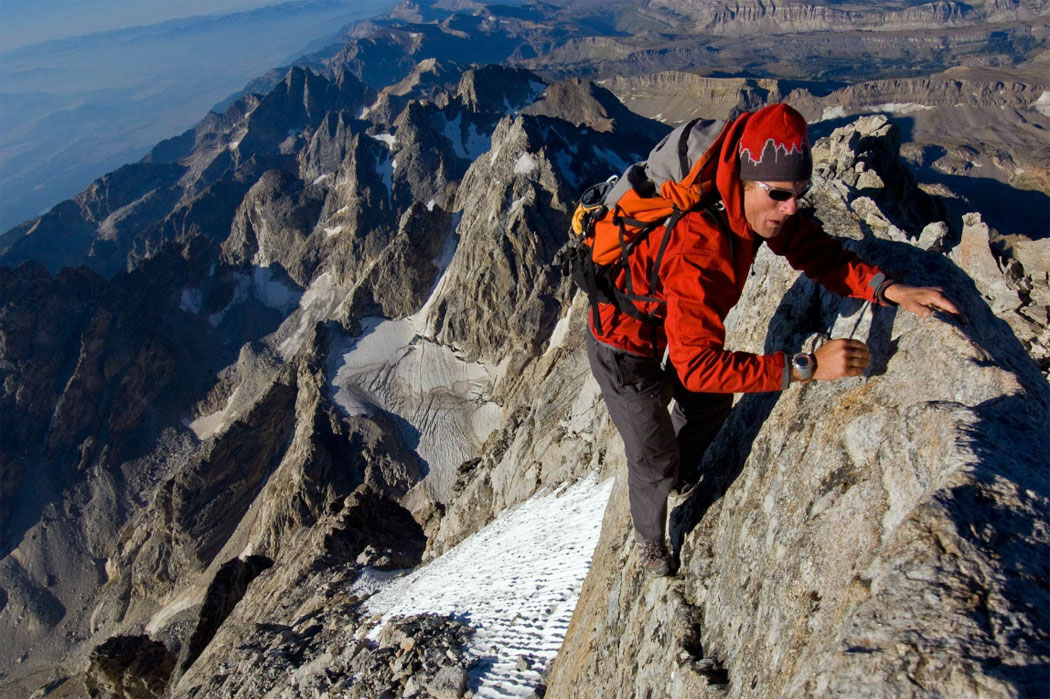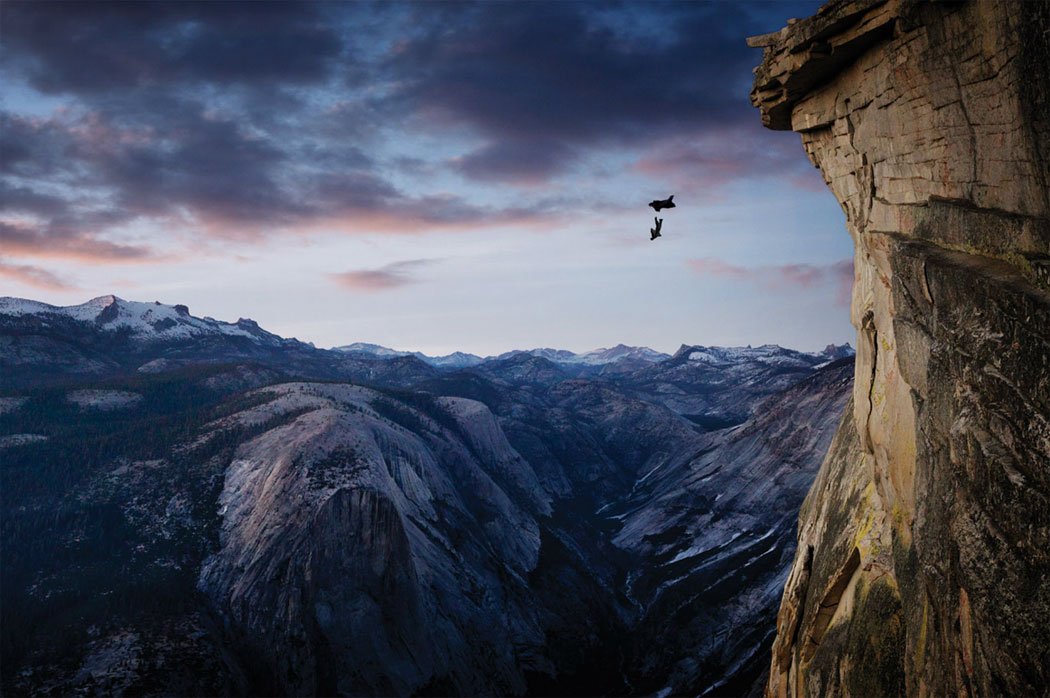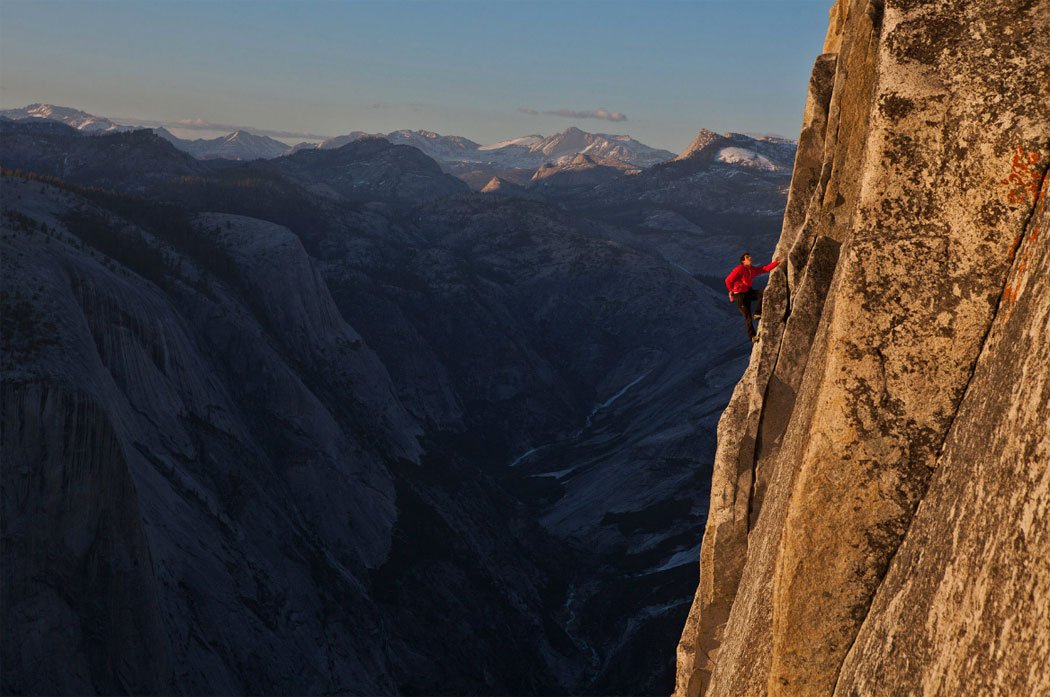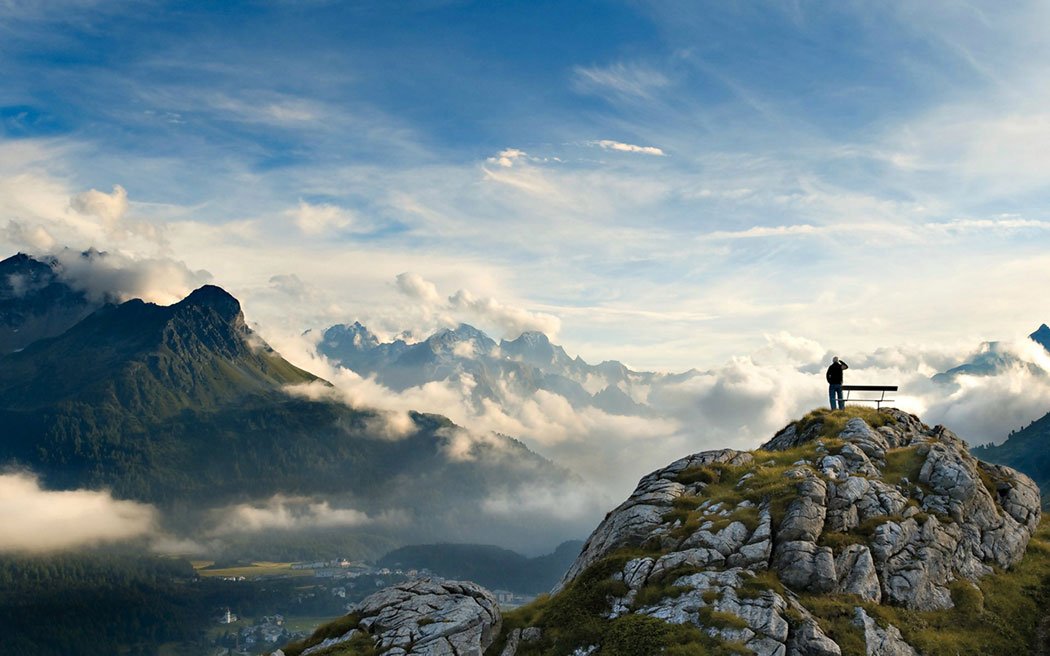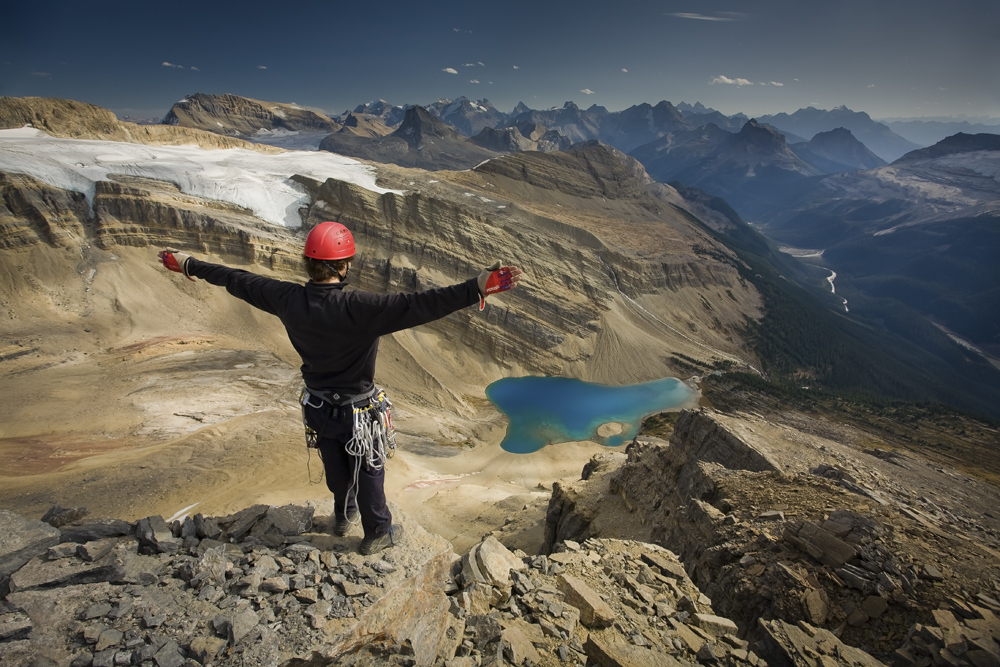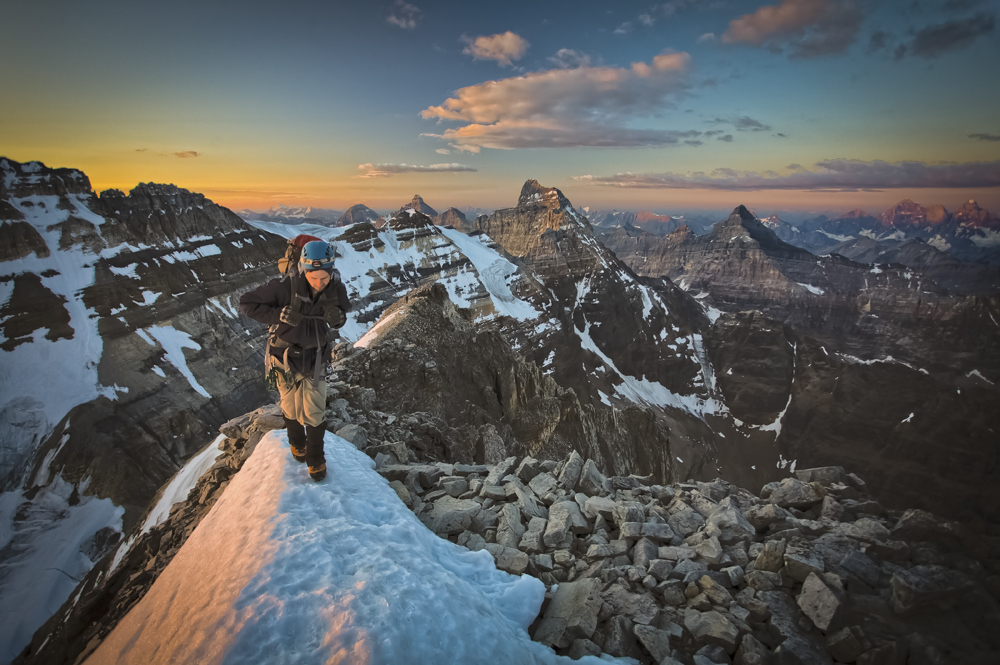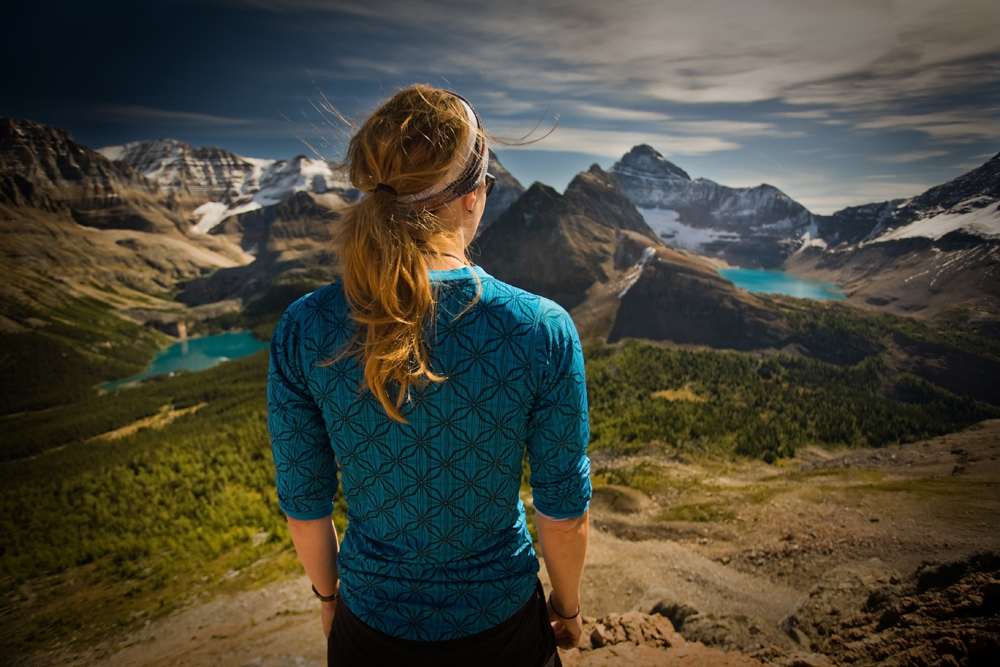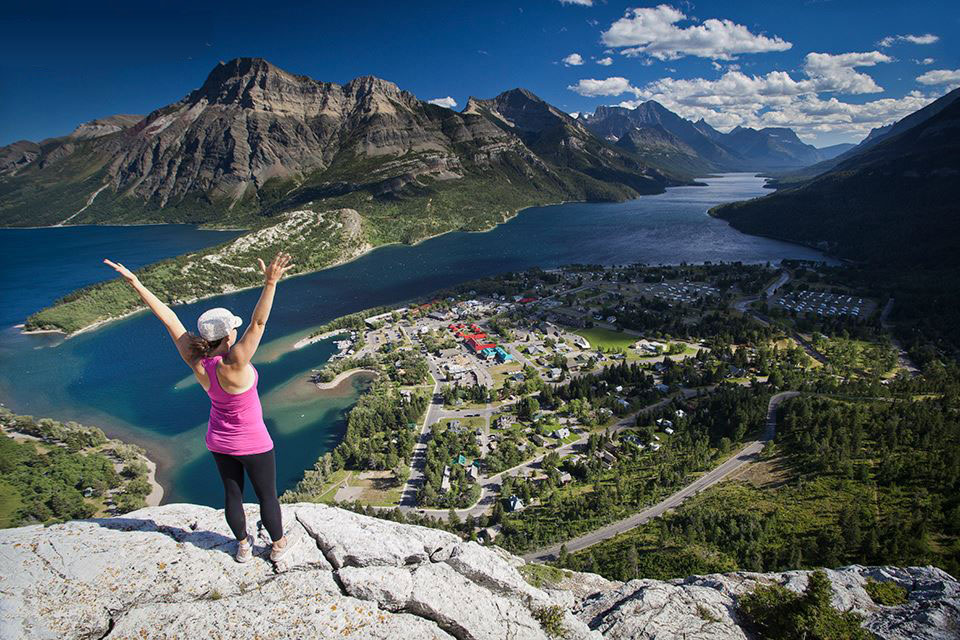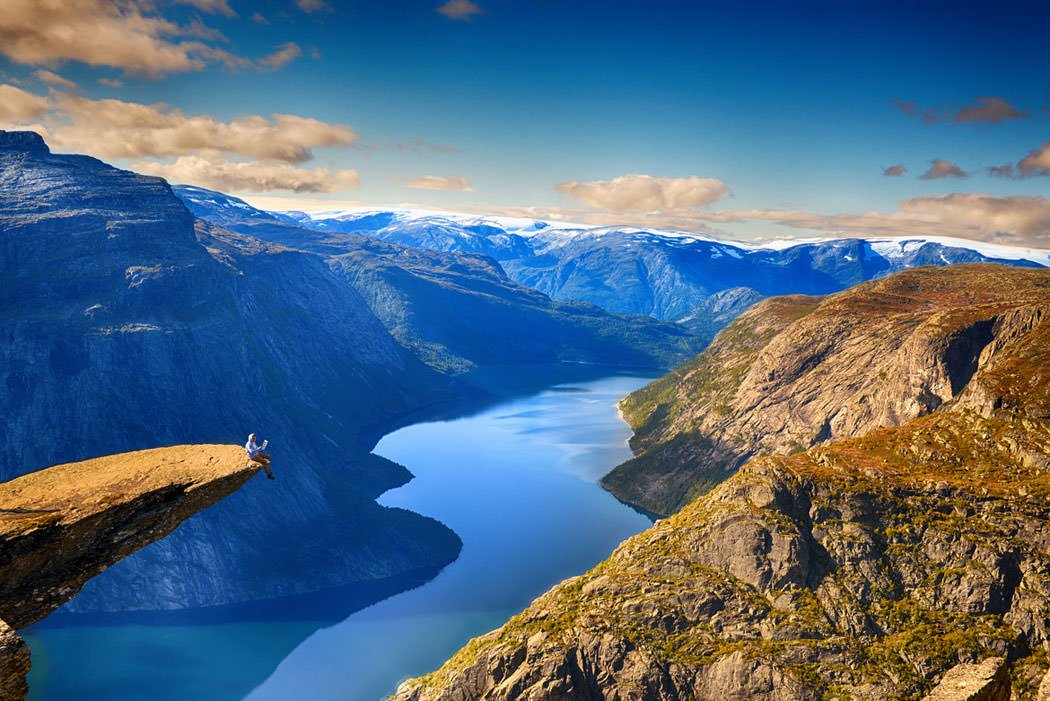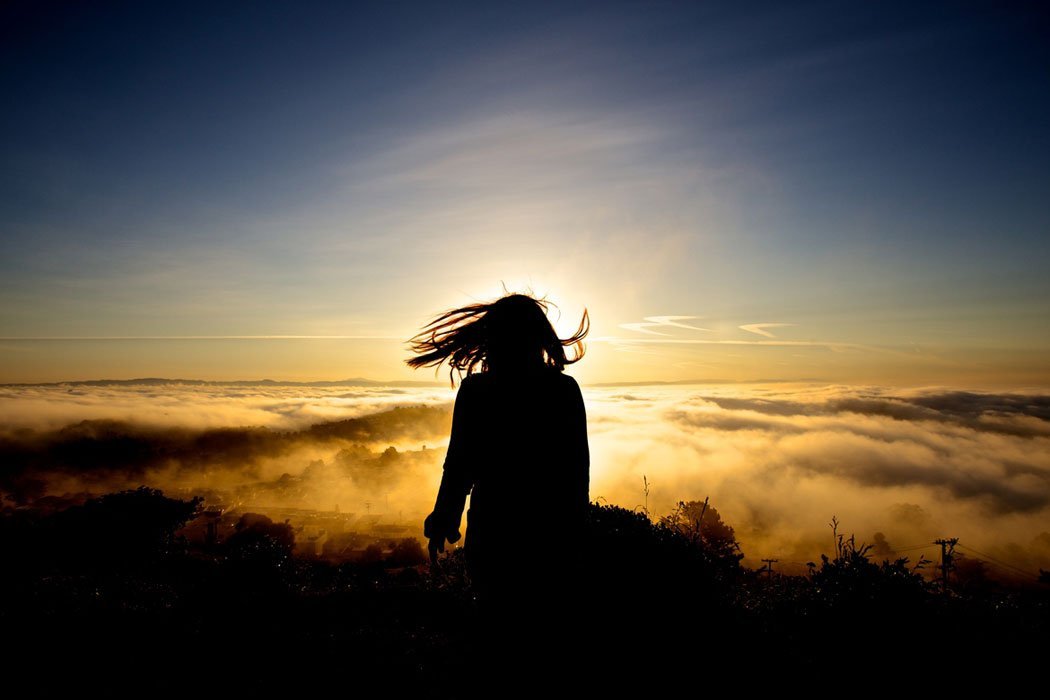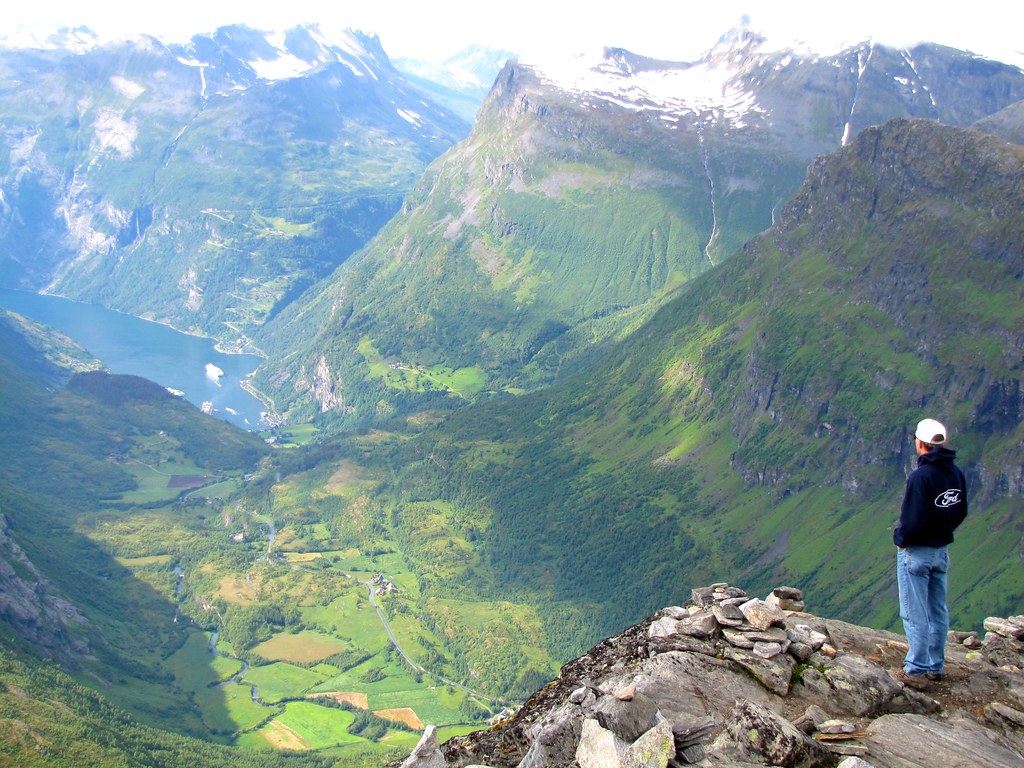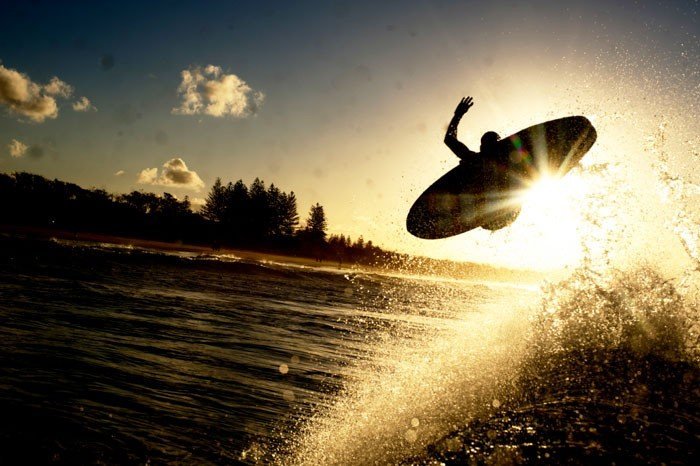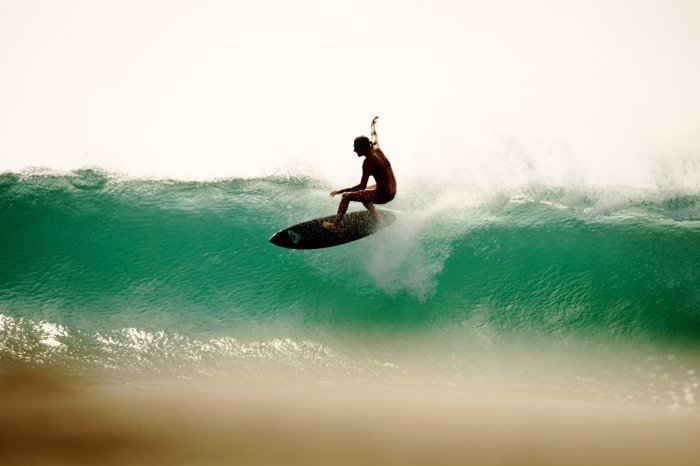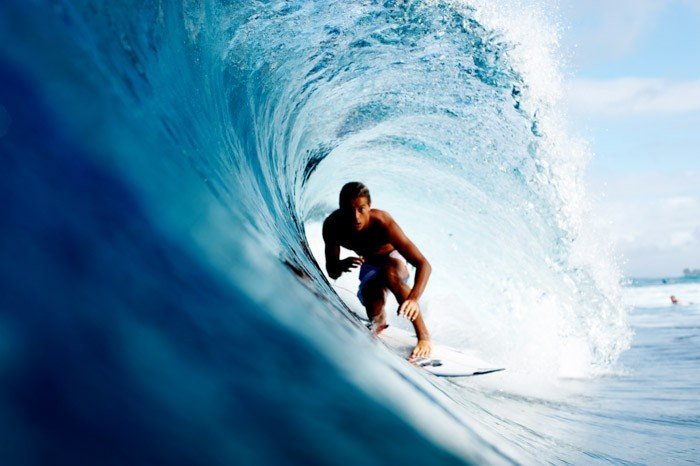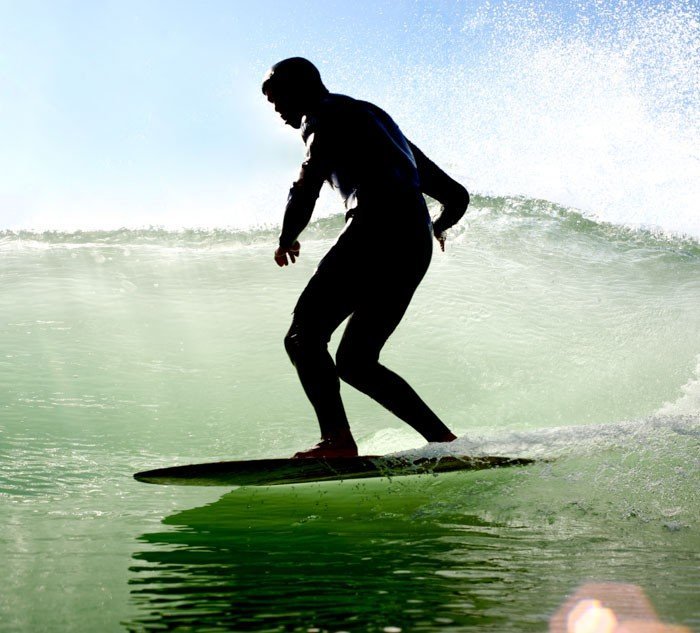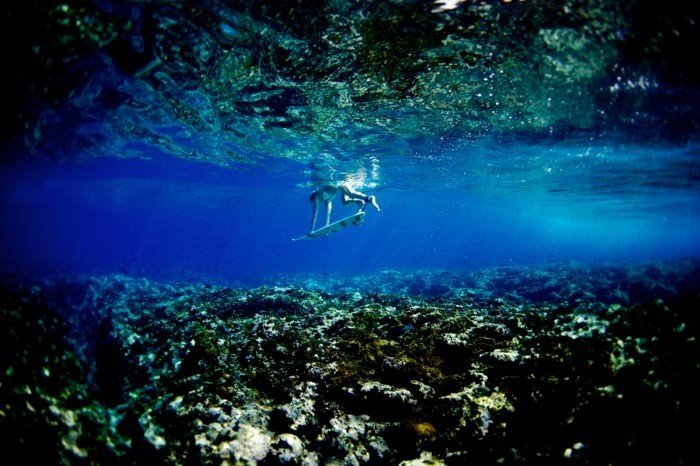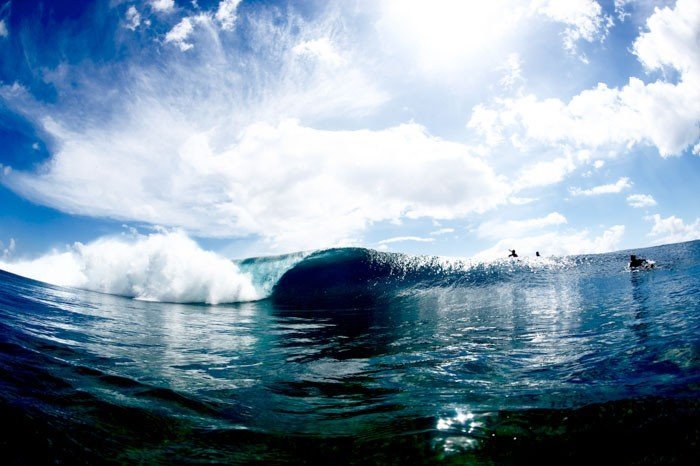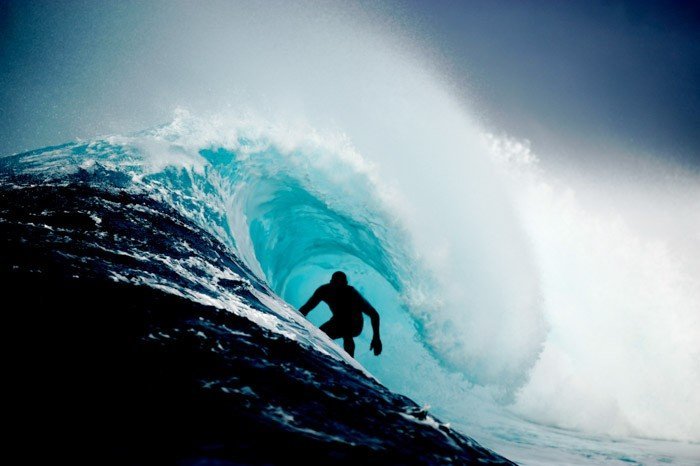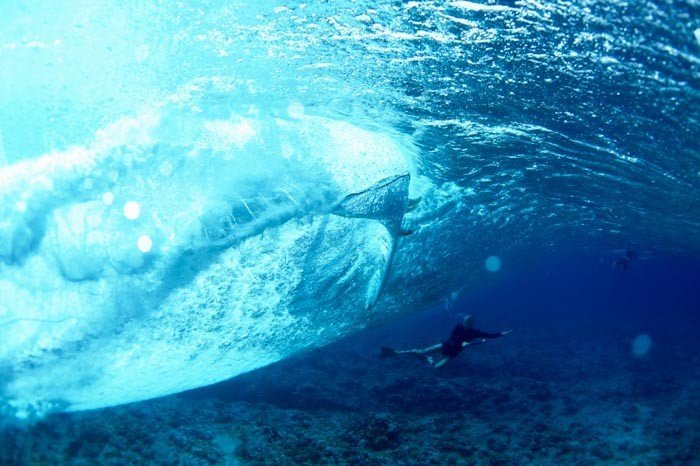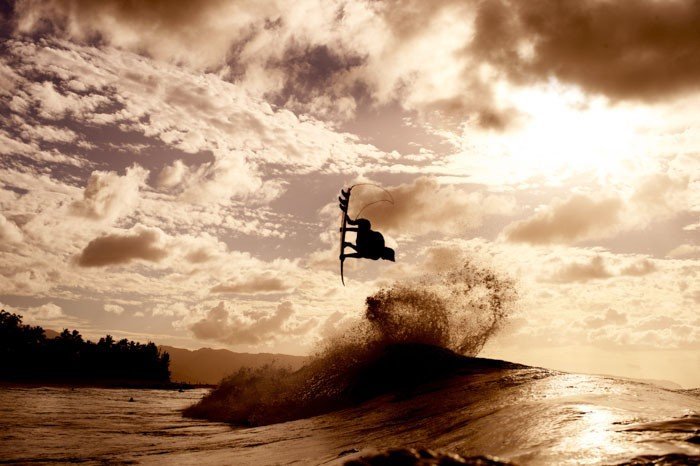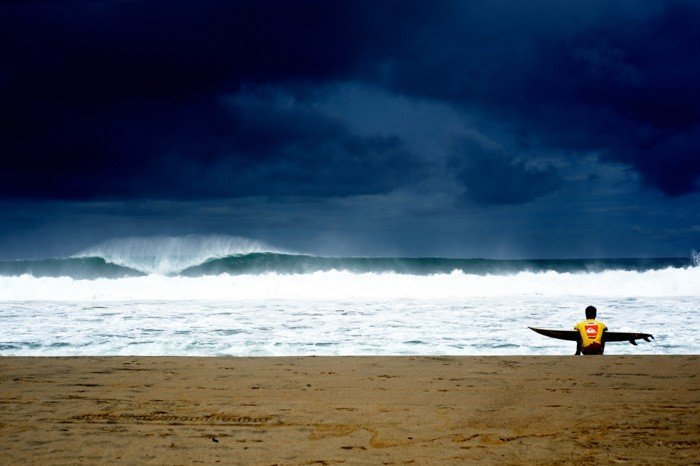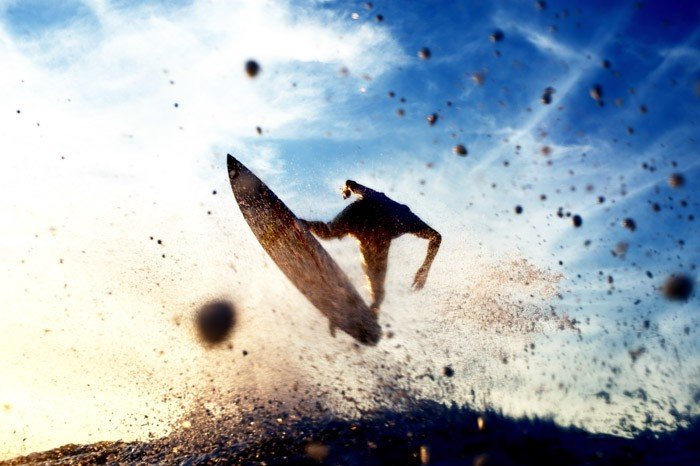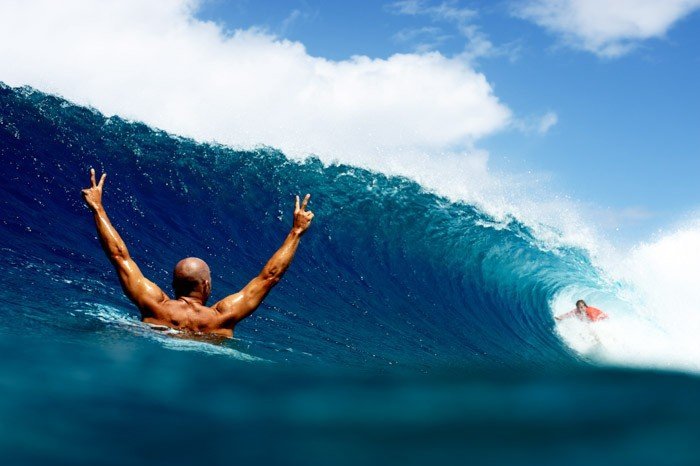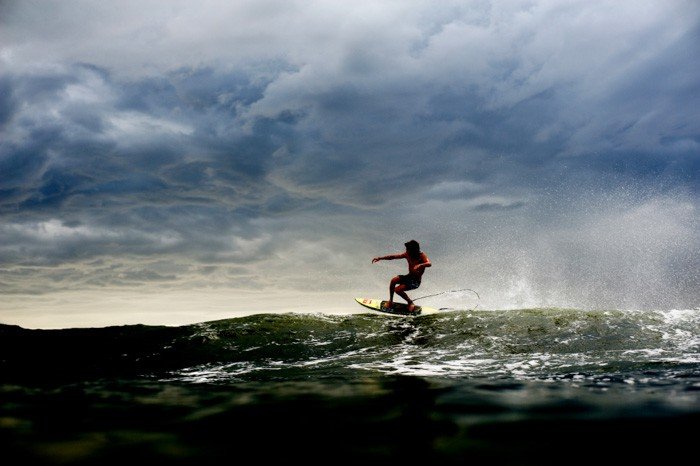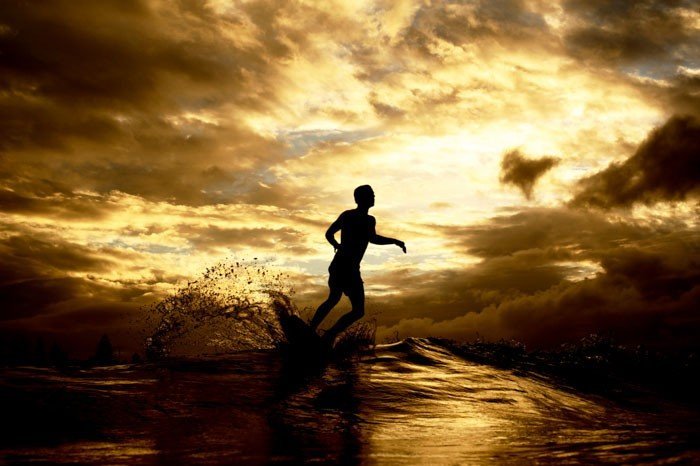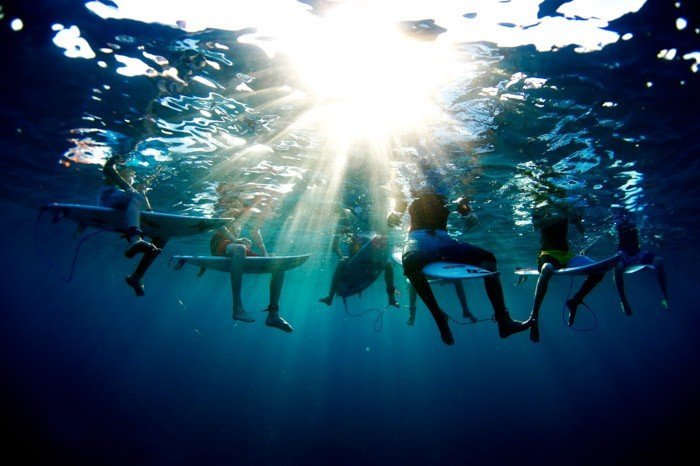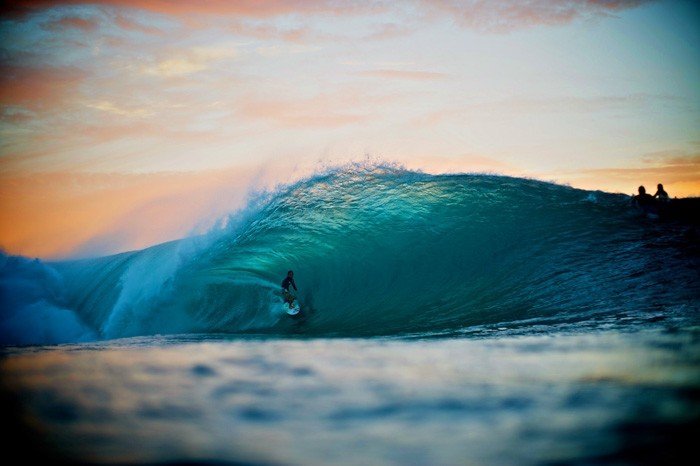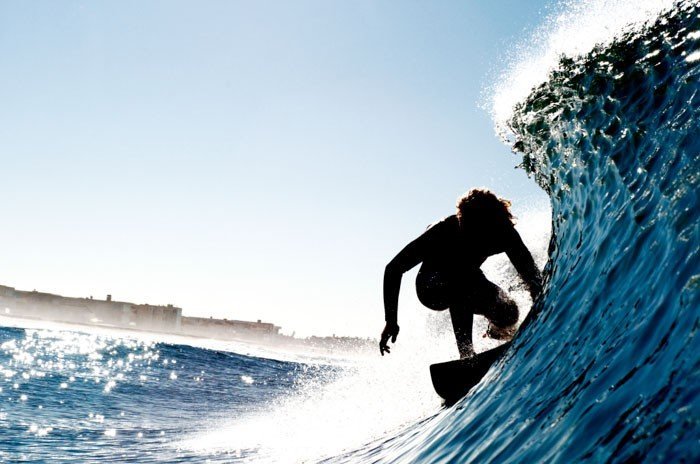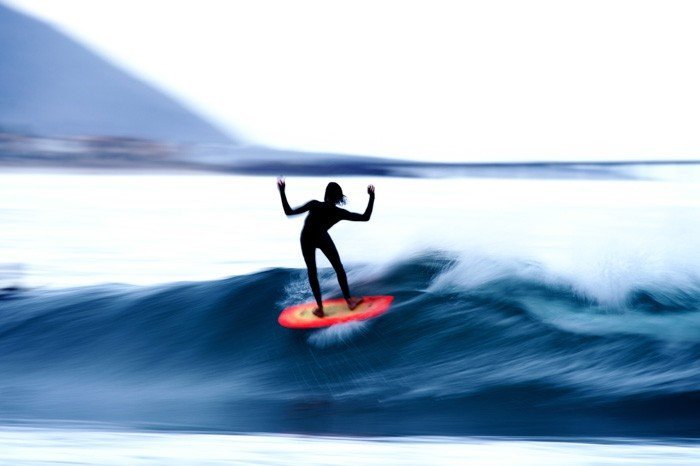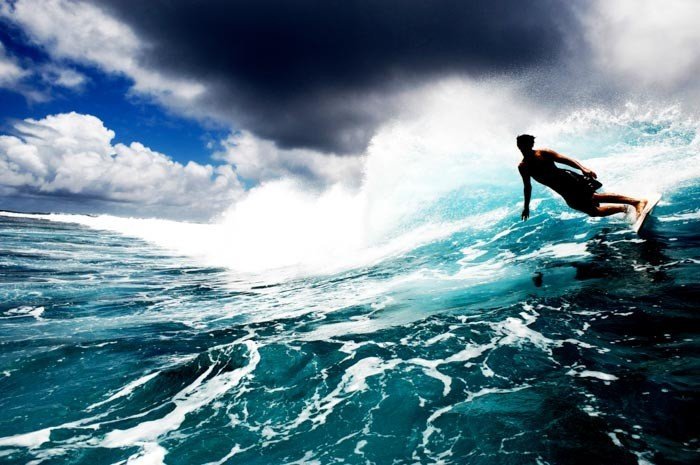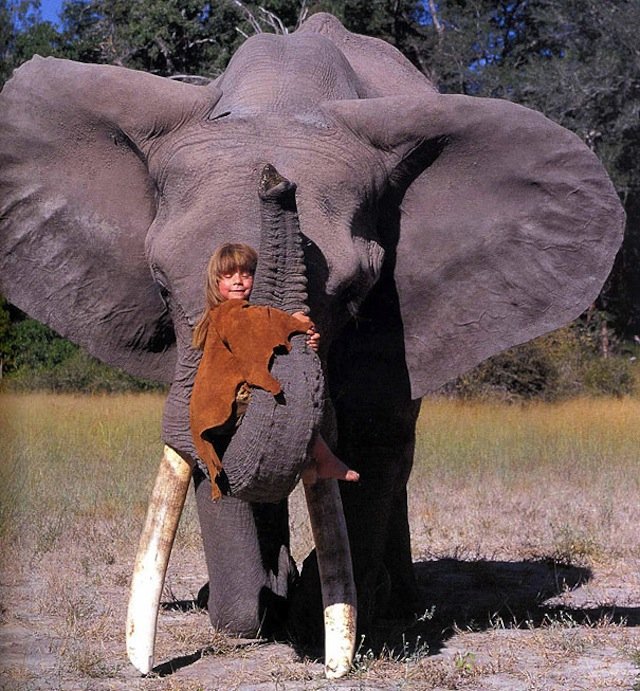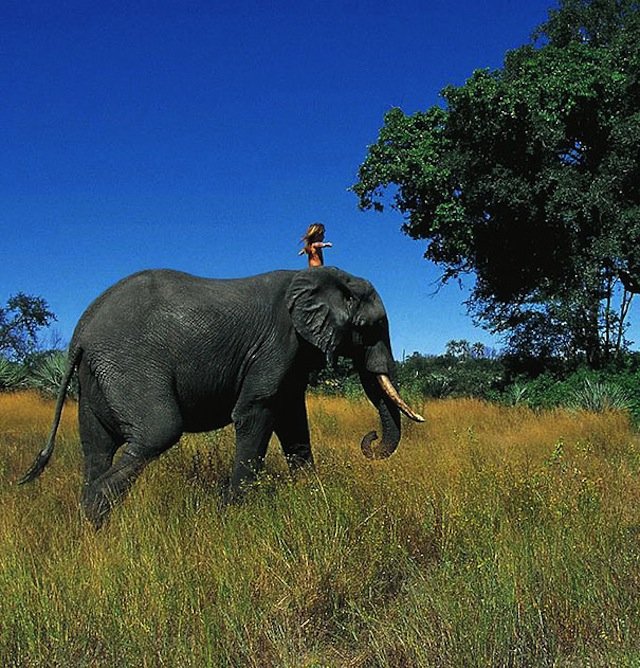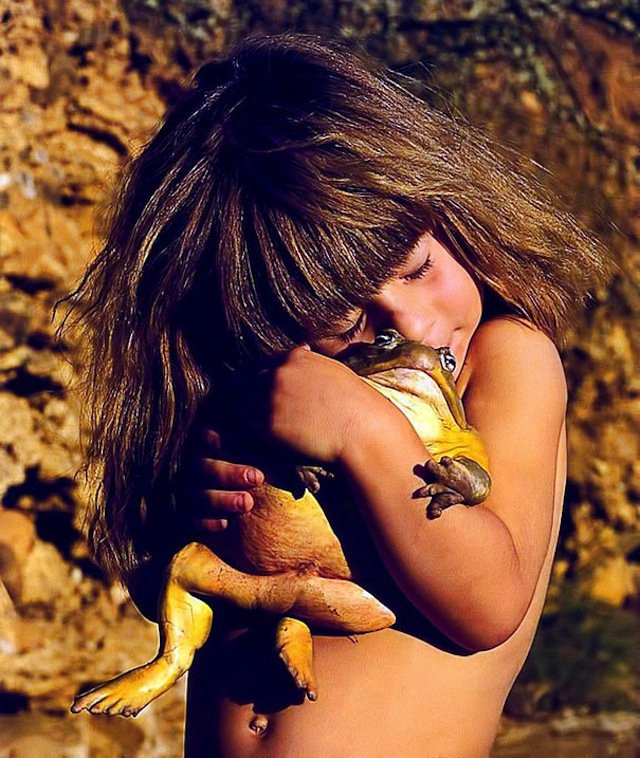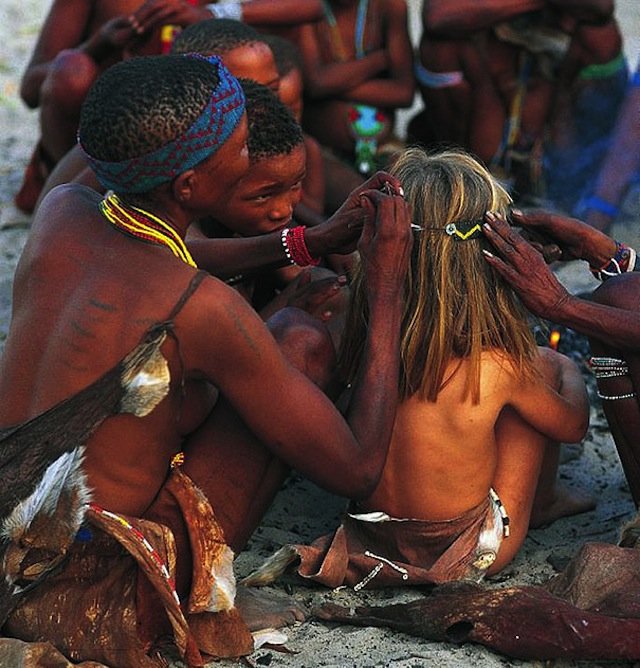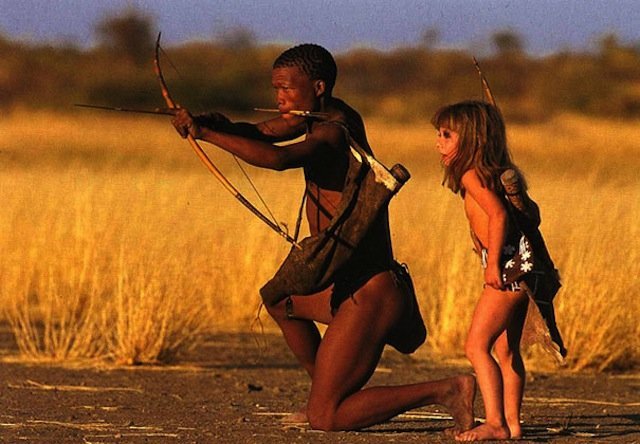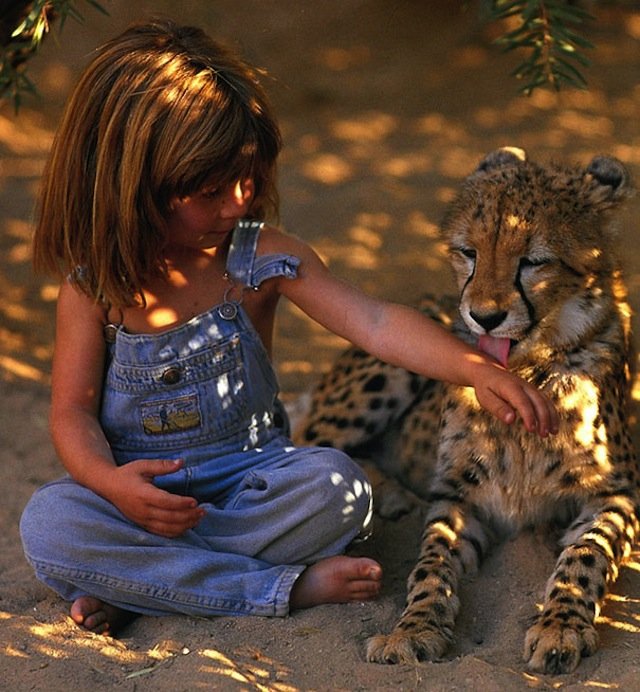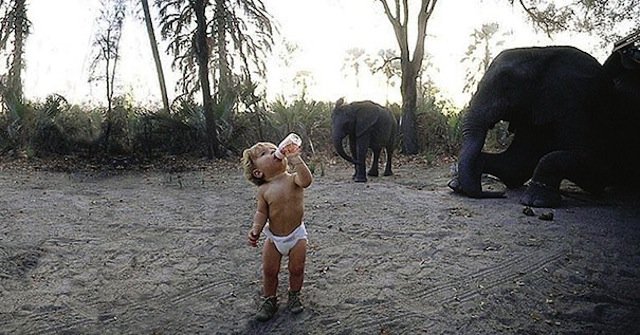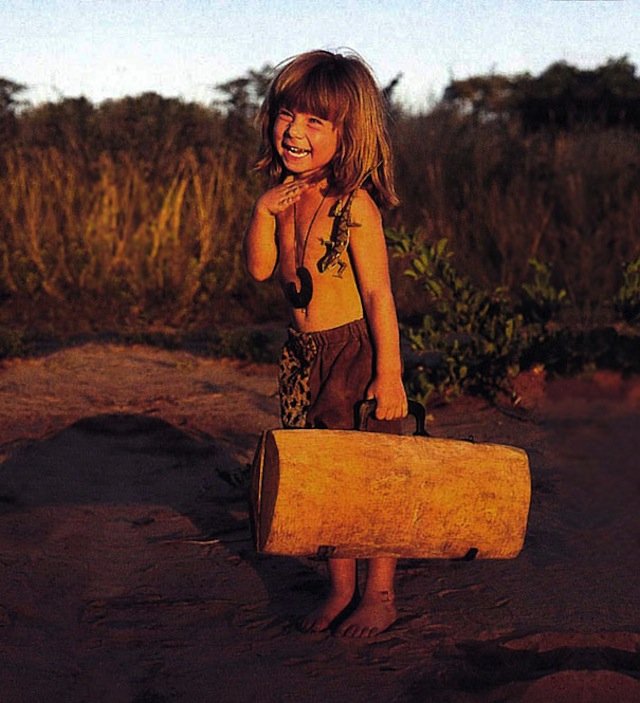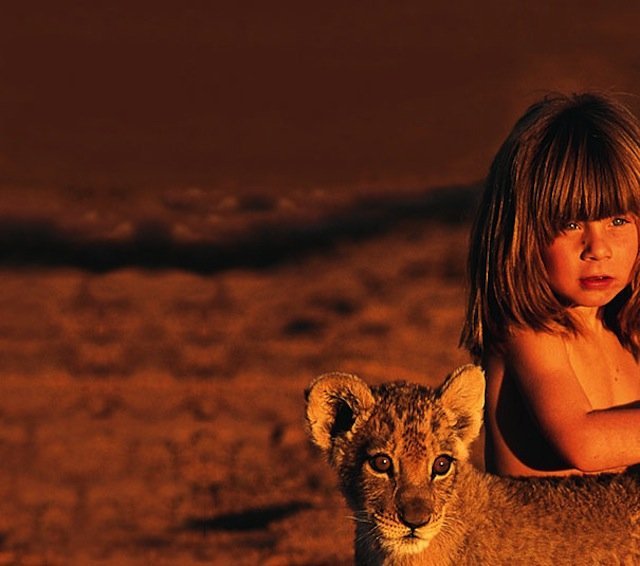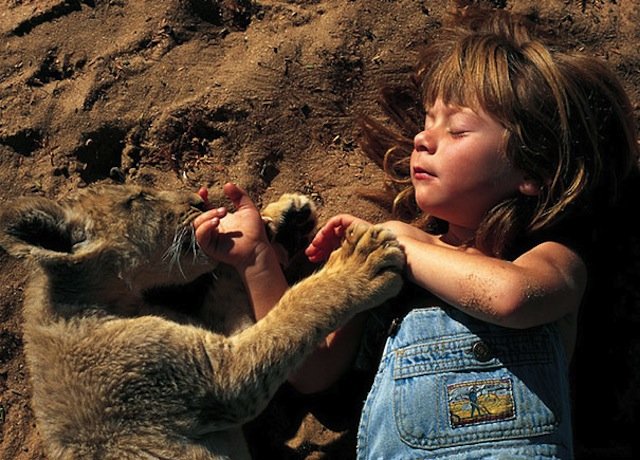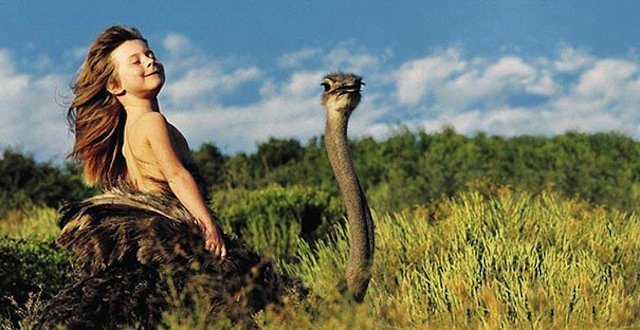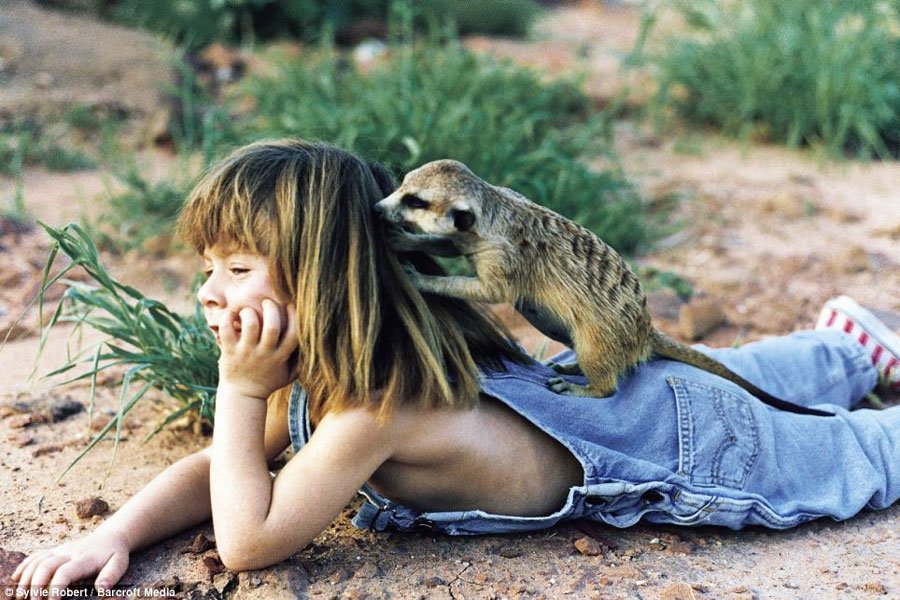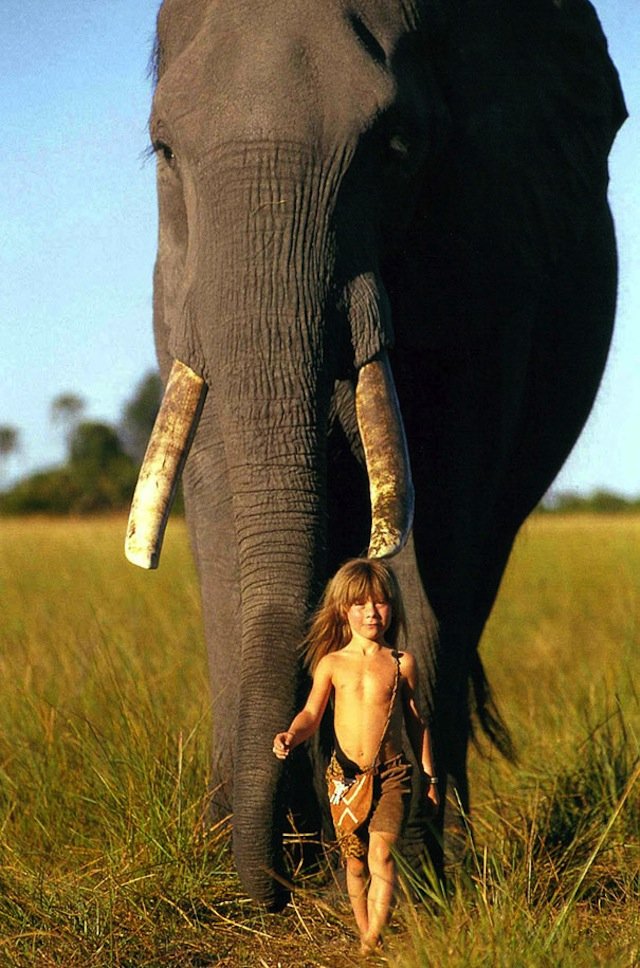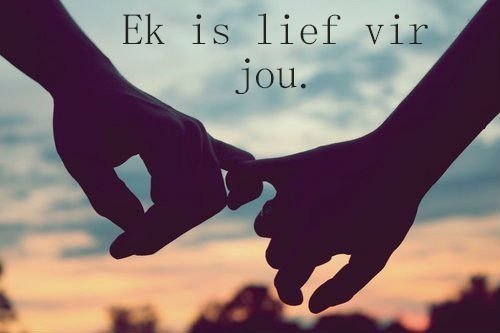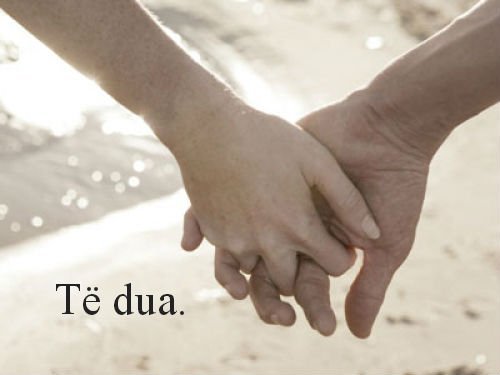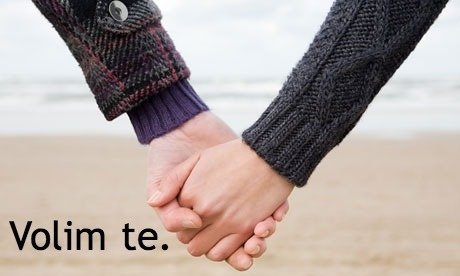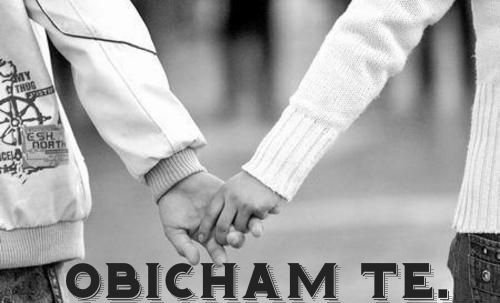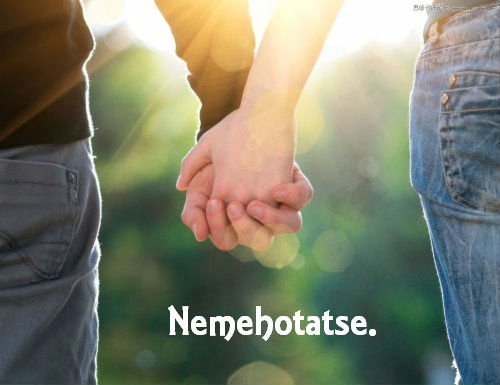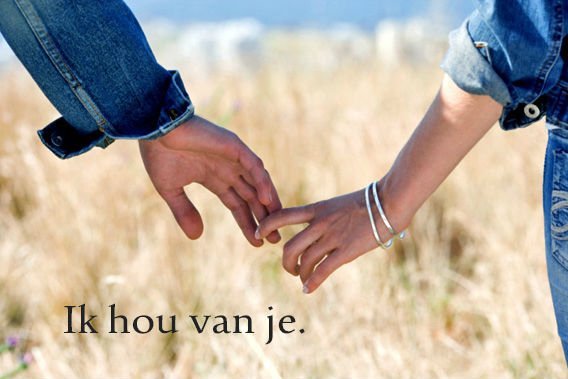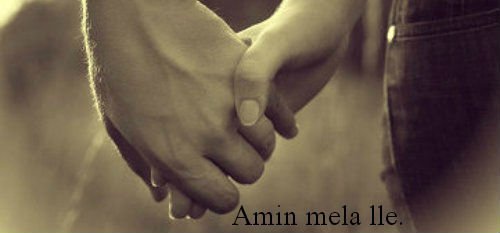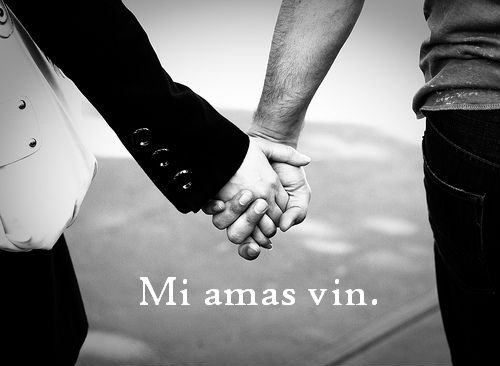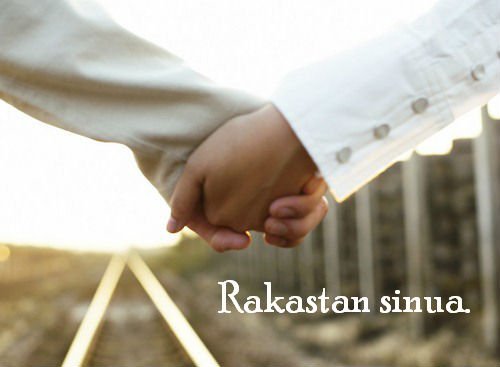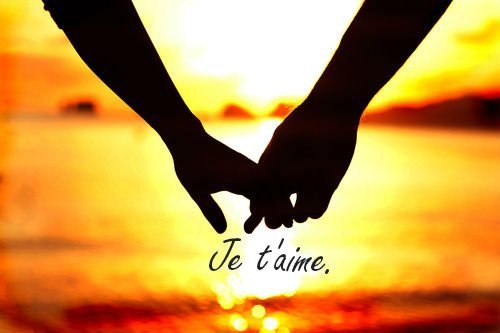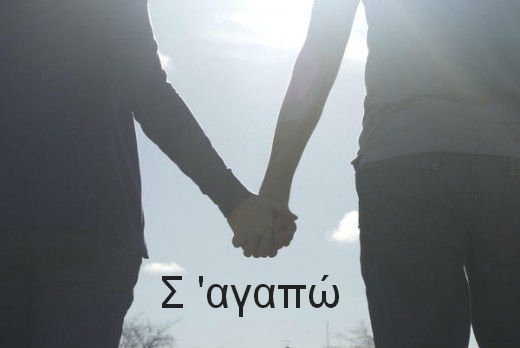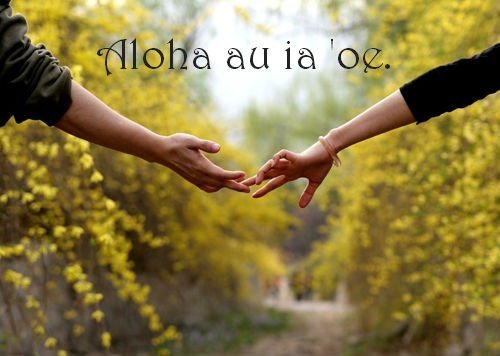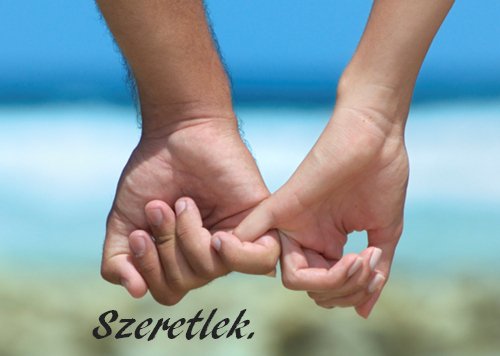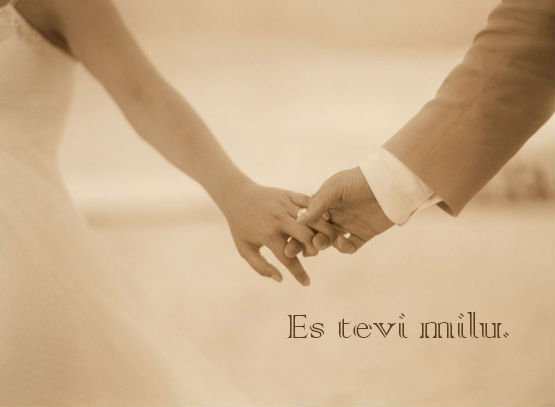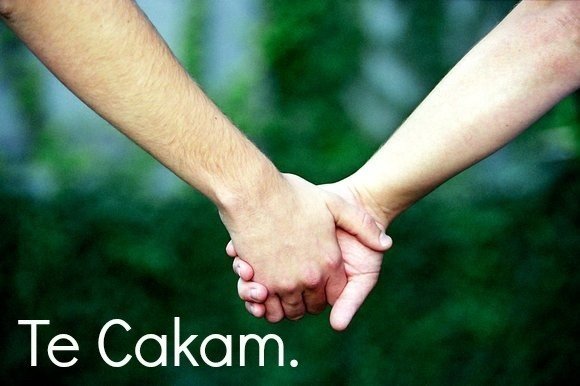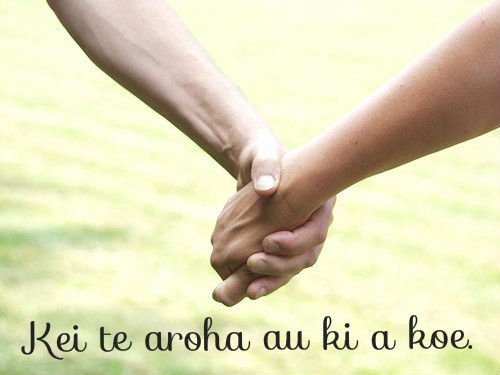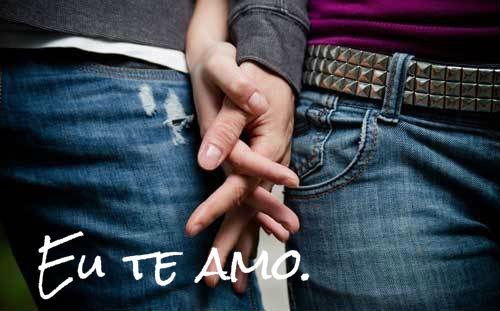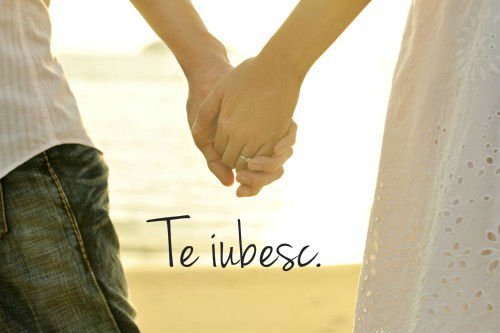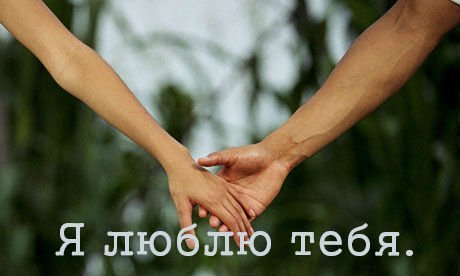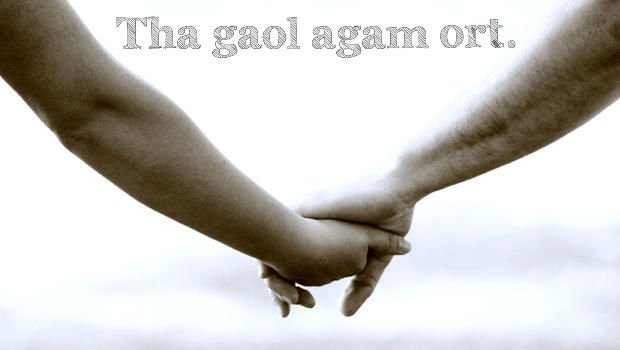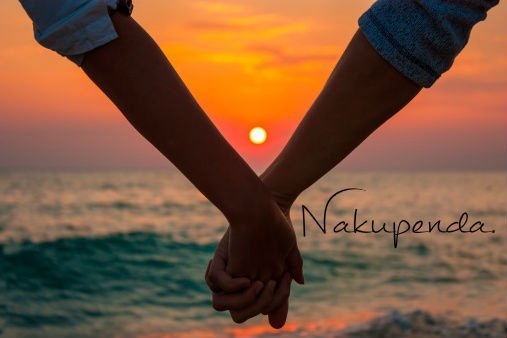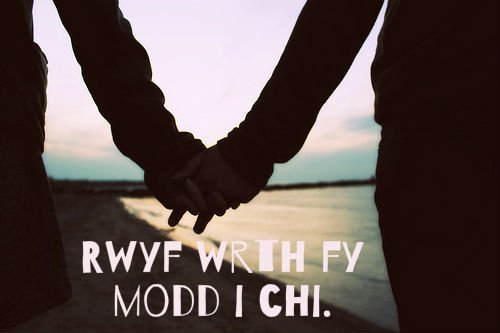“Lies run sprints, but the truth runs marathons.”
―Michael Jackson
Over the years you’ve developed a set of beliefs based on what others have told you. The problem is, many of these people weren’t telling the truth. They were merely repeating the little, seemingly innocent lies someone else once told them. Now, the false beliefs they’ve ingrained in your mind are impeding your potential and holding you back from the life you’re capable of living.
Here are twelve lies you’ve likely heard and the truth that will set you free:
1. What you need in life is comfort and safety.
If you want to make an impact, big or small, get comfortable with being uncomfortable. All growth begins at the end of your comfort zone. Maybe the thing you’re scared of is exactly what you should do. Sometimes life is about risking it all for a dream no one can see but you.
2. You have way too much to lose.
In the end, you will not regret the things you have done nearly as much as the things you have left undone. It’s always better to be left with a few “oh wells,” than a bunch of “what ifs.” It’s better to have a lifetime full of experiences and mistakes you learned from, rather than a heart full of regrets and empty dreams. Someday you will want to look back at your life and say, “I can’t believe I did that!” instead of, “Gosh, I wish I would have…”
(Marc and I discuss this in more detail in the “Goals and Success” chapter of 1,000 Little Things Happy, Successful People Do Differently.)
3. Your dream is impossible.
When a dream matters enough to a person, that person will find a way to achieve what at first seemed impossible. Let that person be YOU. It’s kind of fun to do the impossible. Go after your dream, no matter how unattainable others tell you it is. What’s impossible to them may not be impossible for you.
4. Being self-centered is always wrong.
You must choose yourself and live your life from beginning to end; no one else can do it for you. Claiming full control over your health, dreams, and well-being are some of the areas in your life where you get to be a little selfish and not feel bad about it. If you want to reach your goals, you have to be the center of this part of your journey. You have to make it work for you and you alone. It’s not selfishness, it’s self-care and self-improvement. Anything less is a setup for failure.
5. You need the approval of others.
People are sometimes too quick to judge, but slow to correct themselves. Don’t be one of them. Focus on your own growth, goals, and self-worth. Leave people to their opinions and judgments. Let them respect you for who you are, and not for who they want you to be… Or let them walk away if they choose. Either way, they can’t harm you; it’s their understanding that is faulty, not yours.
6. The strongest, happiest people have fewer problems.
Strength doesn’t come from what you can do; it comes from overcoming the things you once thought you couldn’t do. When you are at your lowest point, you are open to the greatest positive change. Happiness is not the absence of problems, but the strength to deal with them. The strongest people are the ones who feel pain, accept it, learn from it, and fight through it. They turn their wounds into wisdom.
(Read The Road Less Traveled .)
.)
7. Situations are either positive or negative.
The Chinese symbol for the word “crisis” is written using two strokes of a pen. One stroke stands for danger, and the other for opportunity. In other words, in a crisis, beware of the danger, but also recognize the opportunity. Life always balances itself out. Everything that happens is neither positive nor negative; it just depends on your perspective.
8. Perfect relationships exist.
The love of your life isn’t perfect, you aren’t either, and the two of you will never be perfect. But if you can make each other laugh once in awhile, cause each other to think twice about the sweetness of life, and both admit to being human and making mistakes, your relationship is something special. No, you two may not always choose the most poetic words, and there will likely be inconsiderate slip-ups on occasion, but that’s what makes your bond real. Smile when they make you happy, speak up when they make you mad, and miss them when they’re gone. Love hard when there is love to be had. Perfect love doesn’t exist, but true love does, and it’s worth the effort.
9. Love is an obligation.
Love between two people comes because both people want to share their love, not because YOU want it from the other person. Your family, friends, co-workers, partner – they all love you because they choose to, not because you want them to. Love is meant to be felt, enjoyed and lived, not to be forced on anyone.
10. You can’t be kind to everyone.
Kindness is not to be mistaken for weakness, nor forgiveness for acceptance. It’s about knowing resentment is not on the path to happiness. Having confidence and class is the ability to walk away from a bad situation with a smile on your face and forgiveness in your heart.
11. You need more to be happy.
There are two ways of being rich: One is to have all you want, the other is to be satisfied with what you have. Accept and appreciate things now, and you’ll find more happiness in every moment you live. Happiness comes when you stop complaining about the troubles you have and offer thanks for all the troubles you don’t have. And remember, you have to fight through some bad days to earn the best days of your life.
(Read The How of Happiness .)
.)
12. It’s too late.
Anyone can run away; it’s super easy. Facing issues and working through them makes you strong. Focus on your dreams, not your problems. It’s not too late. A hundred disappointments in the past can’t equal the power of one positive action right now. Talk is cheap; action is priceless. Go for it! Give yourself another chance.
The floor is yours…
What would you add to this list? What (seemingly innocent) lies do people often tell each other? How have these lies affected you personally? Share your thoughts with us by leaving a comment below.
Photo by: Shadi Samawi
